Explorations of Infinity
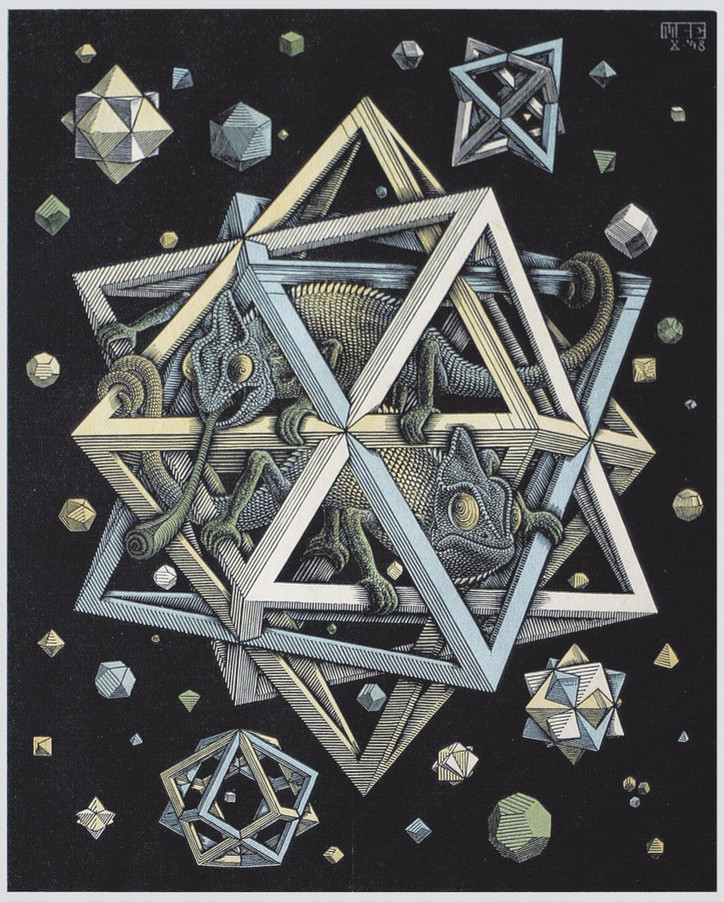
ESCHER. The Exhibition and Experience will be on view at Industry City until February 3, 2019, in Brooklyn.
Stay informed on our latest news!

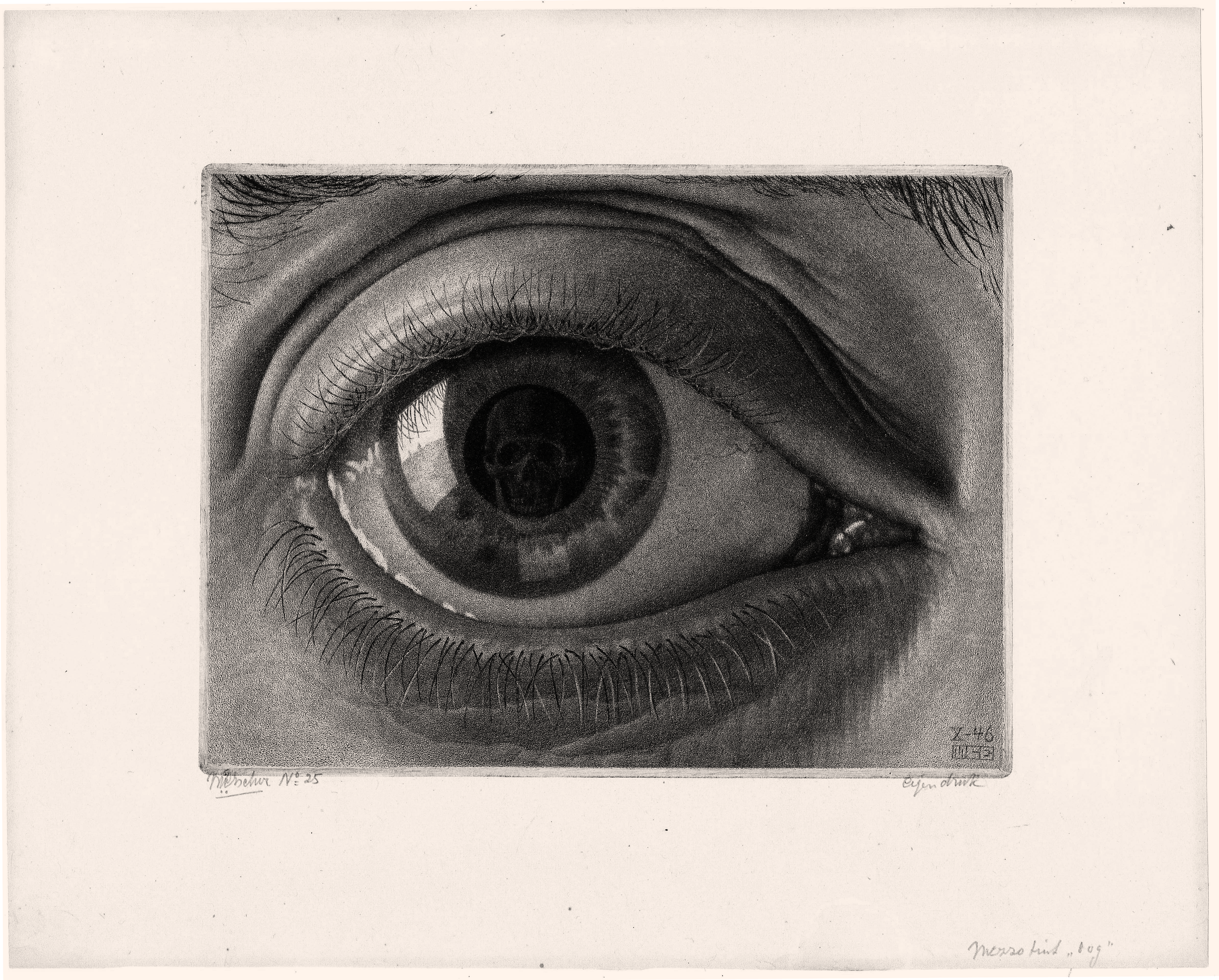
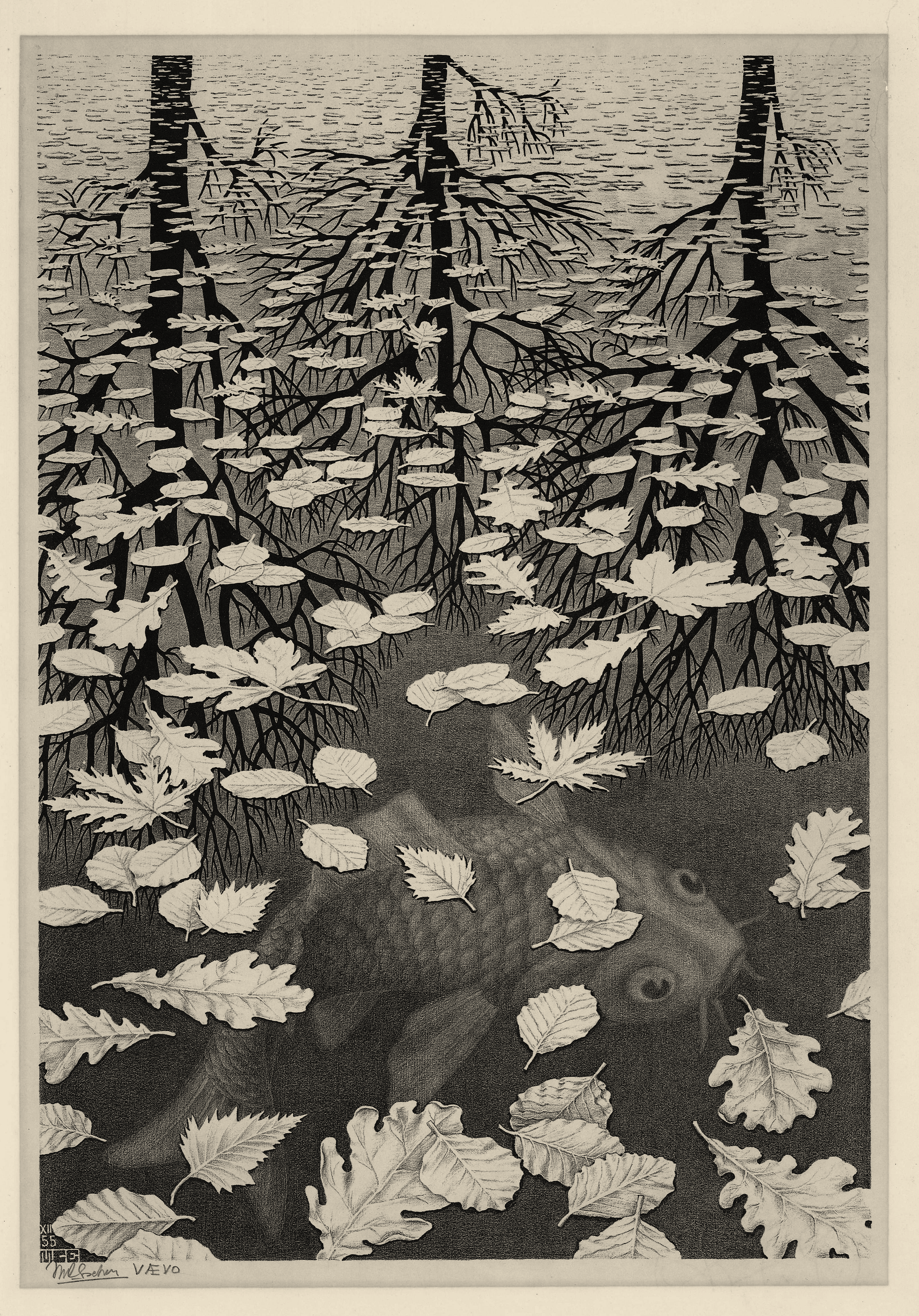
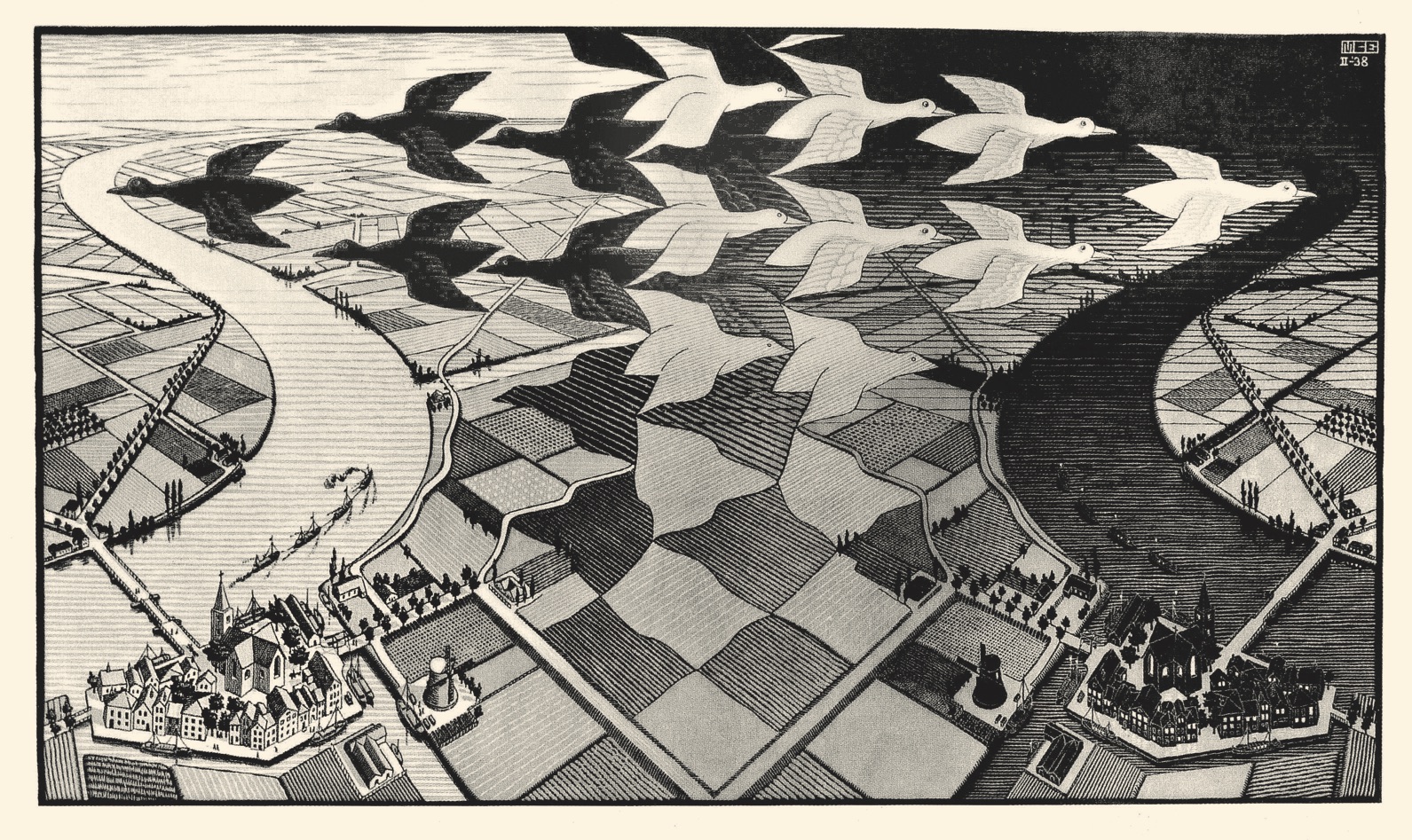
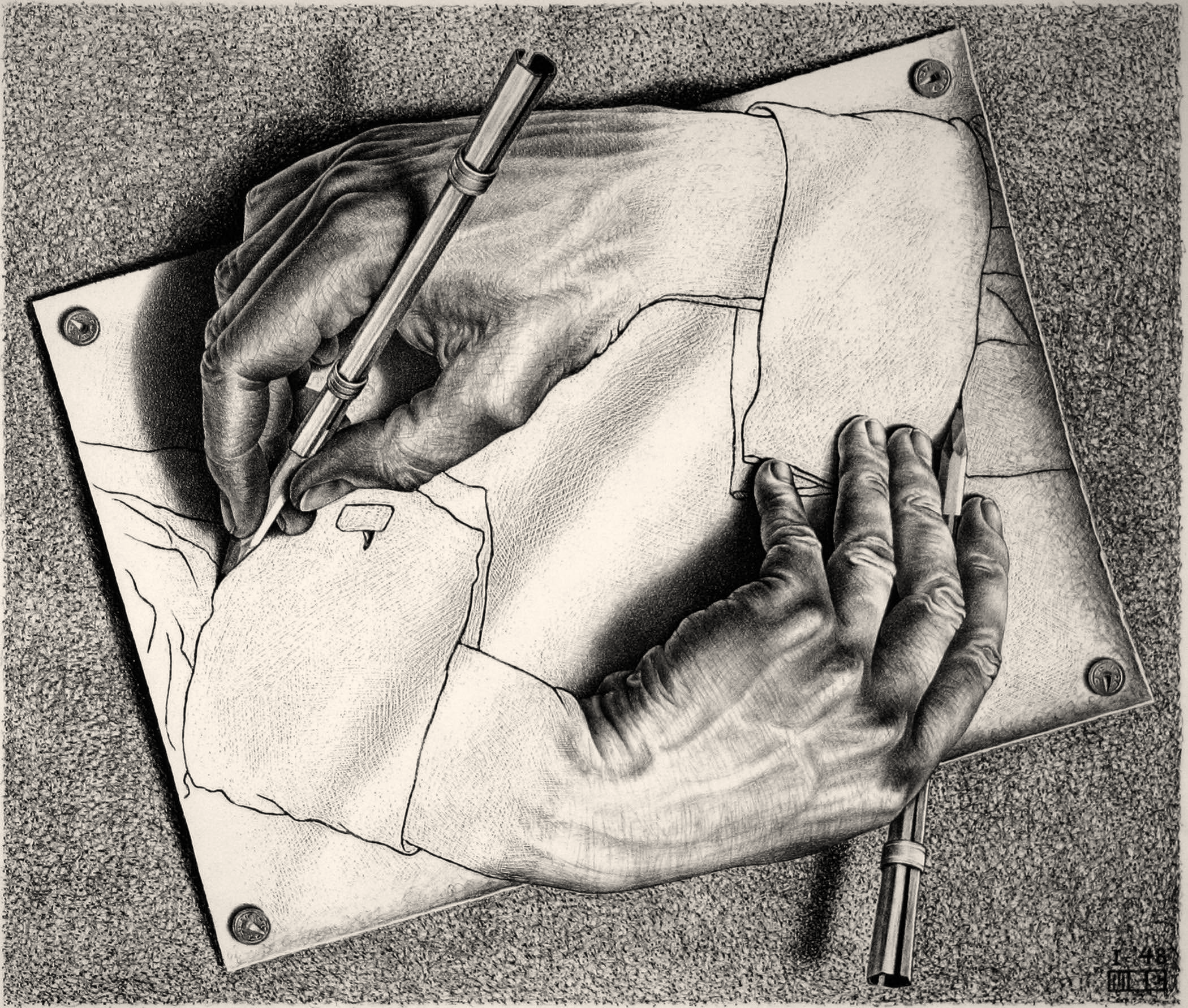
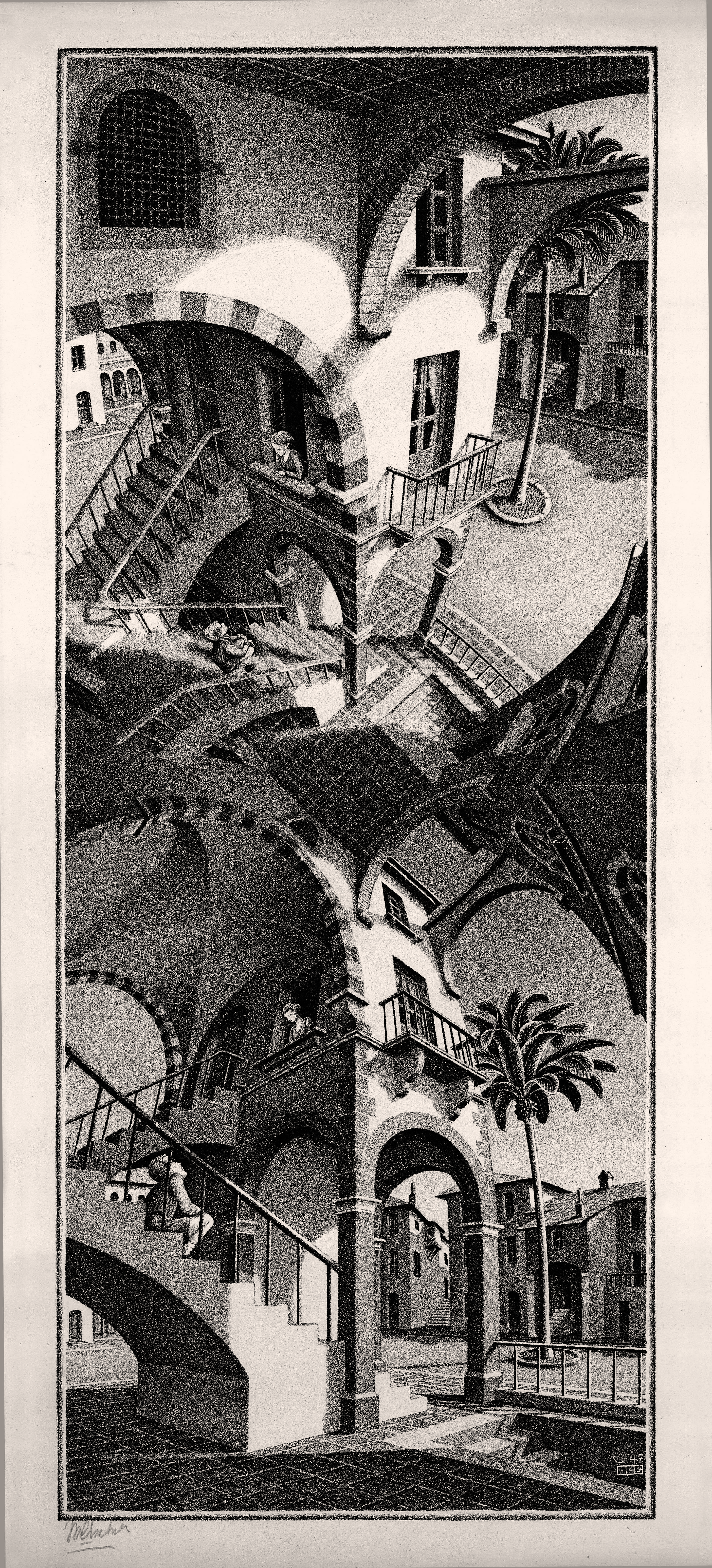
ESCHER. The Exhibition and Experience will be on view at Industry City until February 3, 2019, in Brooklyn.
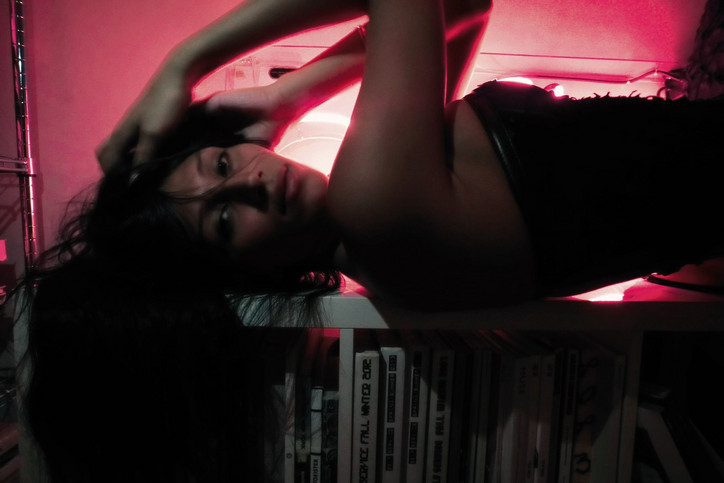
Tamez refers to this introductory body of work as a ‘mixtape.’ “This is a distillation,” she says. “I started by looking at tens of thousands of pictures, and then I made a layout of around 400 pages. It was a self reflective process, because this is the introduction to my style, to my world, to my visual language.”
She began building that lexicon early in life: “I have one memory, from when I was seven years old, at summer camp,” she recalls. Using a small handheld digital camera, Tamez took a flash photo of a yellow flower in the daytime. The final image showed the flower in isolation, with a black background. “I had no idea how that was even mechanically possible,” she says, “but it was the first time that I had been a part of the conscious making of an image. I discovered that a photograph can become greater than the sum of its parts. Yes, there was the flash, and yes, there was a flower. But to me, the flower is mundane. The flower exists. But in isolating it and making it the subject of something, you make it worth stopping and looking at. [At the time] I did not know how to articulate that at all.”
“I was mystified by it,” Tamez continues, “And I think mystery often tells you where you need to go, even if you don't really understand it yet.” While photography remained her most intuitive practice, she explored an array of creative pursuits and passions from foreign languages to hairdressing throughout the rest of her childhood in Chicago. “I would go on trips to the bookstore with my father,” she recalls. “If I wasn’t in the foreign language section, I was sitting on the floor laying out all the fashion magazines. I was really dazzled by these characters, and the avant garde, and how spectacular all of these things were.”
“Steven Meisel, Steven Klein, Katie Grand, Patti Wilson, Sarah Moon, Franca Sozzani, and so many others — these people made me realize that, while I love the clothing, I love what can be done with it more,” she continues, citing Sozzani’s refrain about speaking through imagery as a way to transcend the barriers of language.
By the time she was a senior at her Catholic high school, Tamez knew that the world of fashion photography was calling her. So she booked a flight to Paris for fashion week and called in sick to school. With no contacts, no plan, and no invitation, Tamez managed to access numerous shows through a combination of white lies and charisma, even shooting Bella Hadid backstage in the lineup at Virgil Abloh’s 2018 show for Off-White. “This confidence came out of me that I didn't have in my real life,” she recalls. “You have to embody your vision, you just have to behave as such, and everything in your environment conforms to the way that you move.” That pivotal trip introduced her to a world of possibilities, one that she would remember as she moved to New York in the next year to attend Pace University.
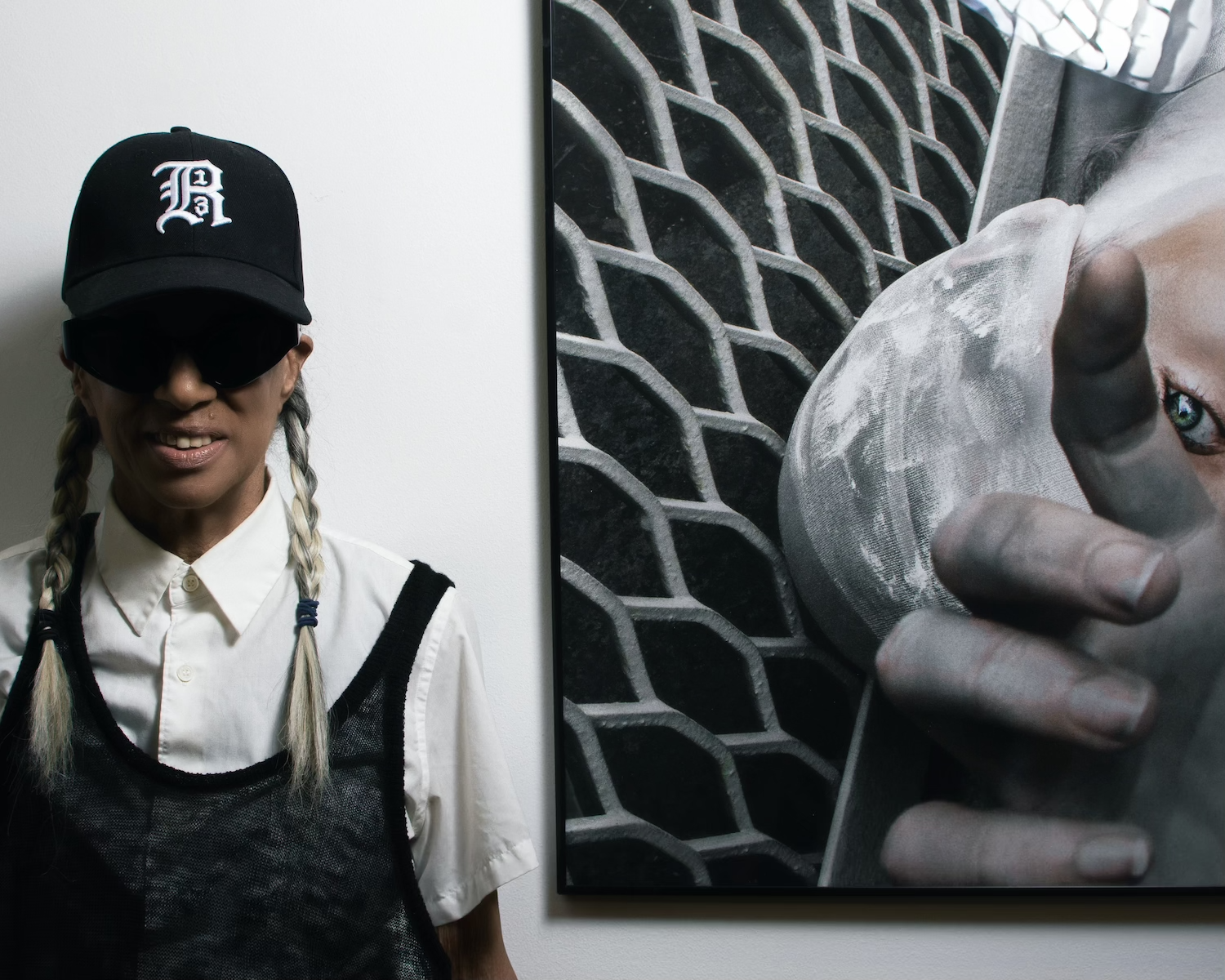
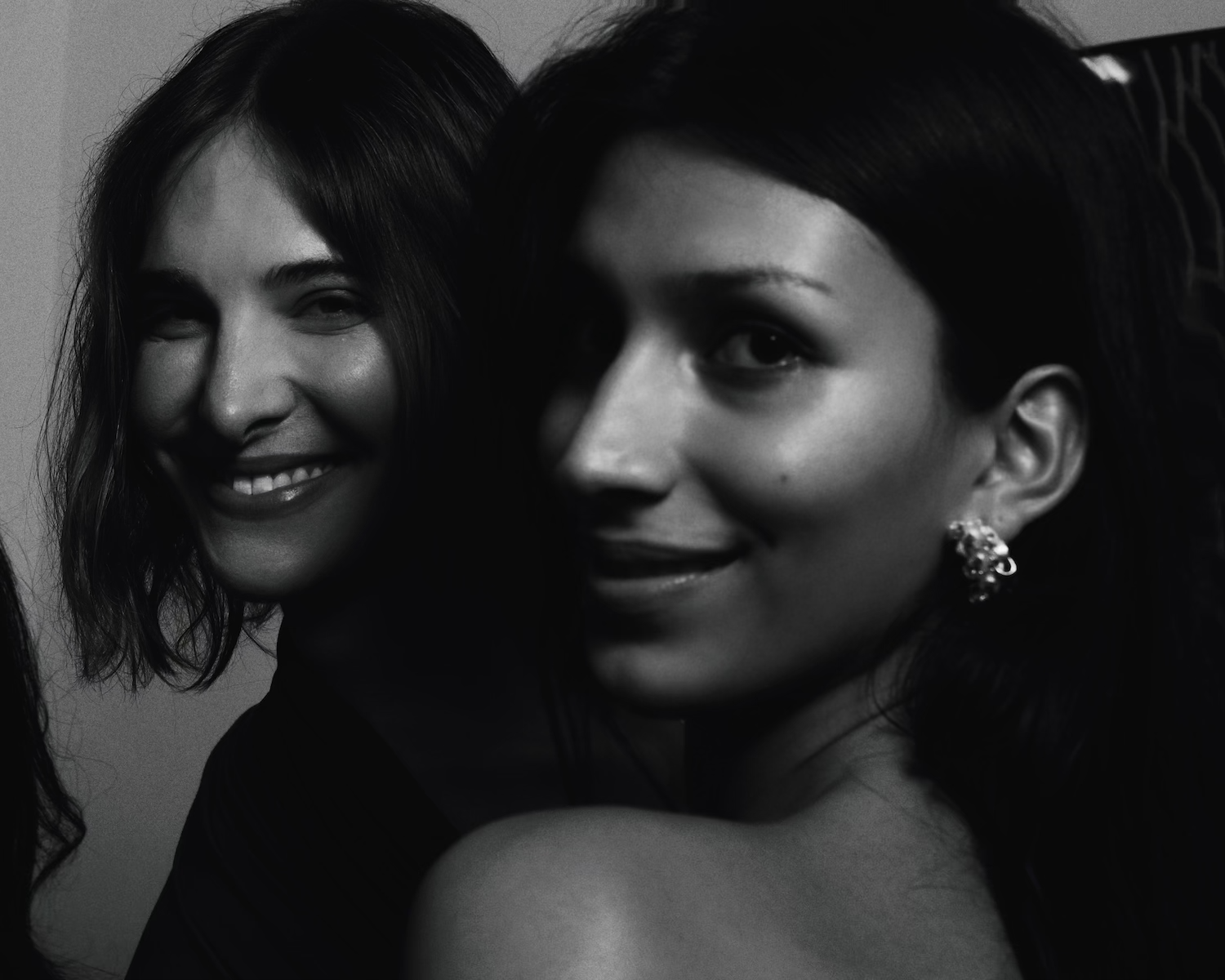
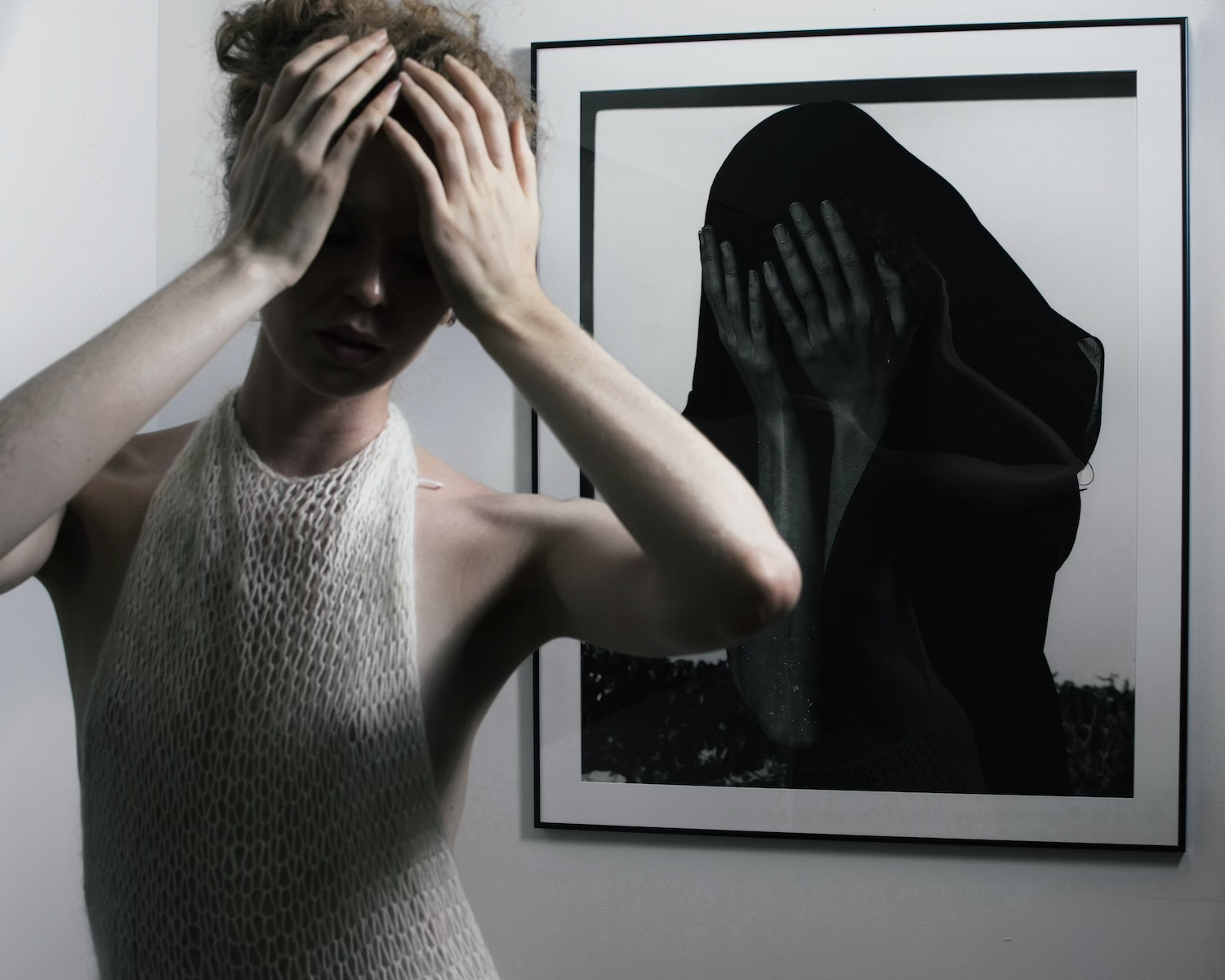
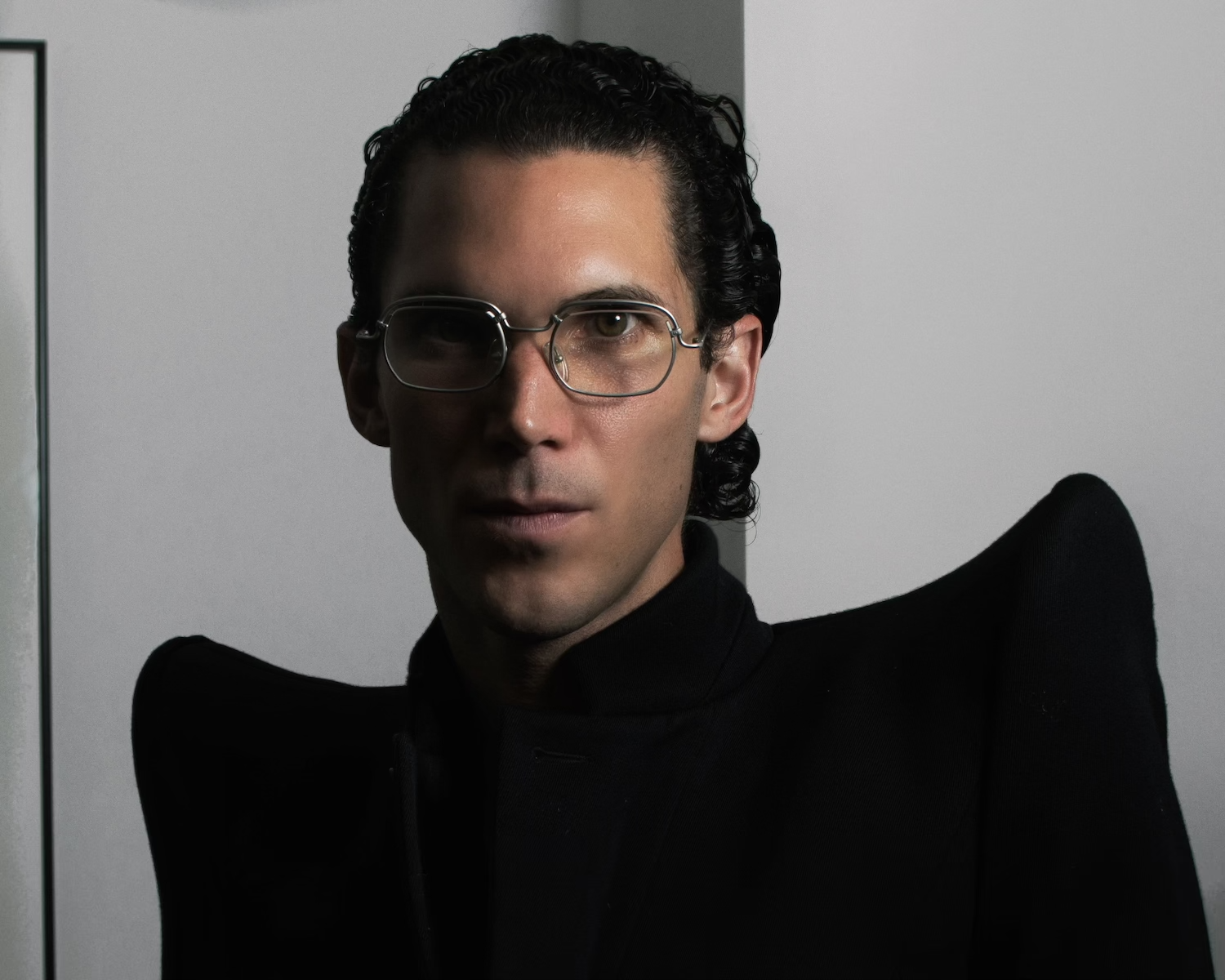
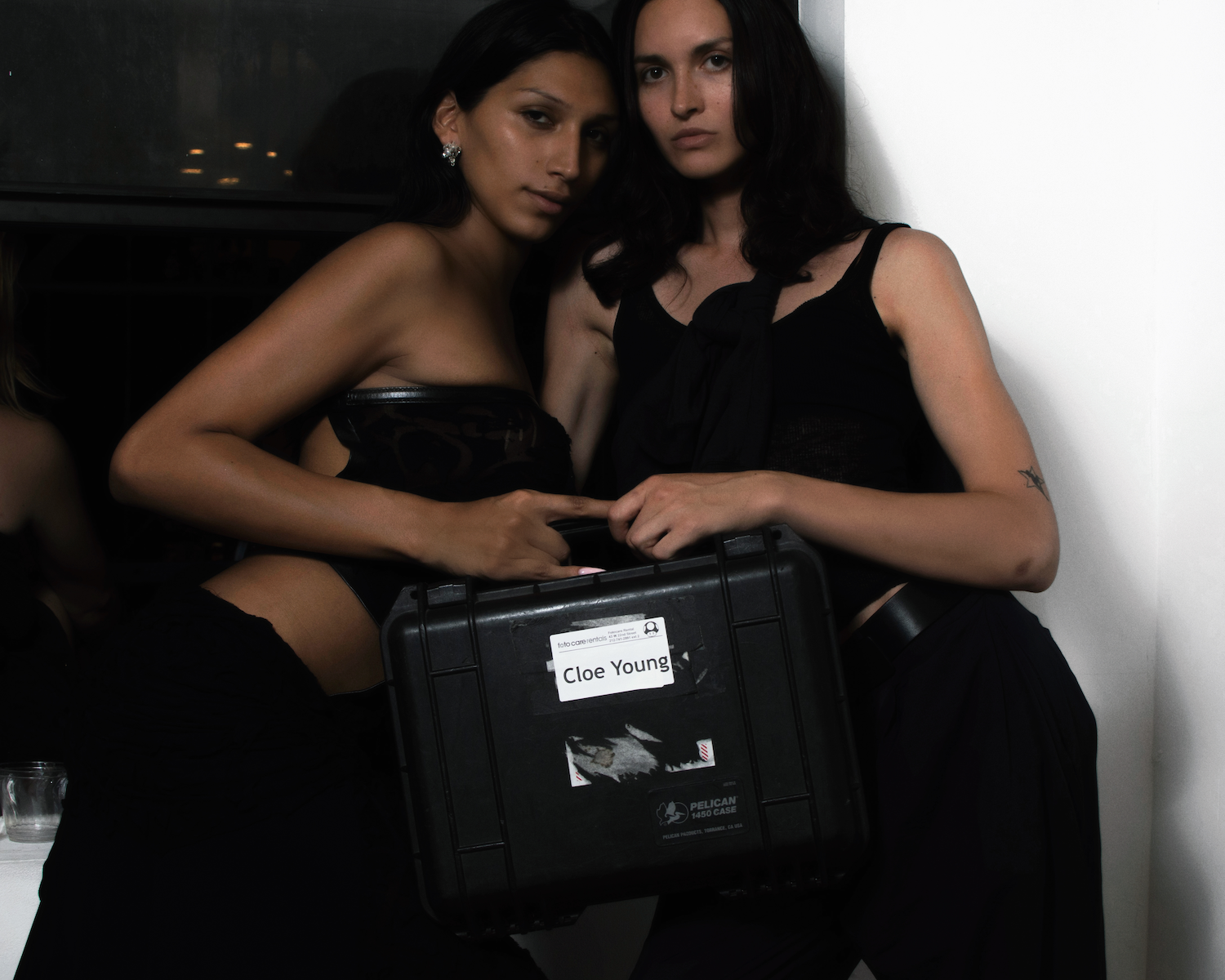
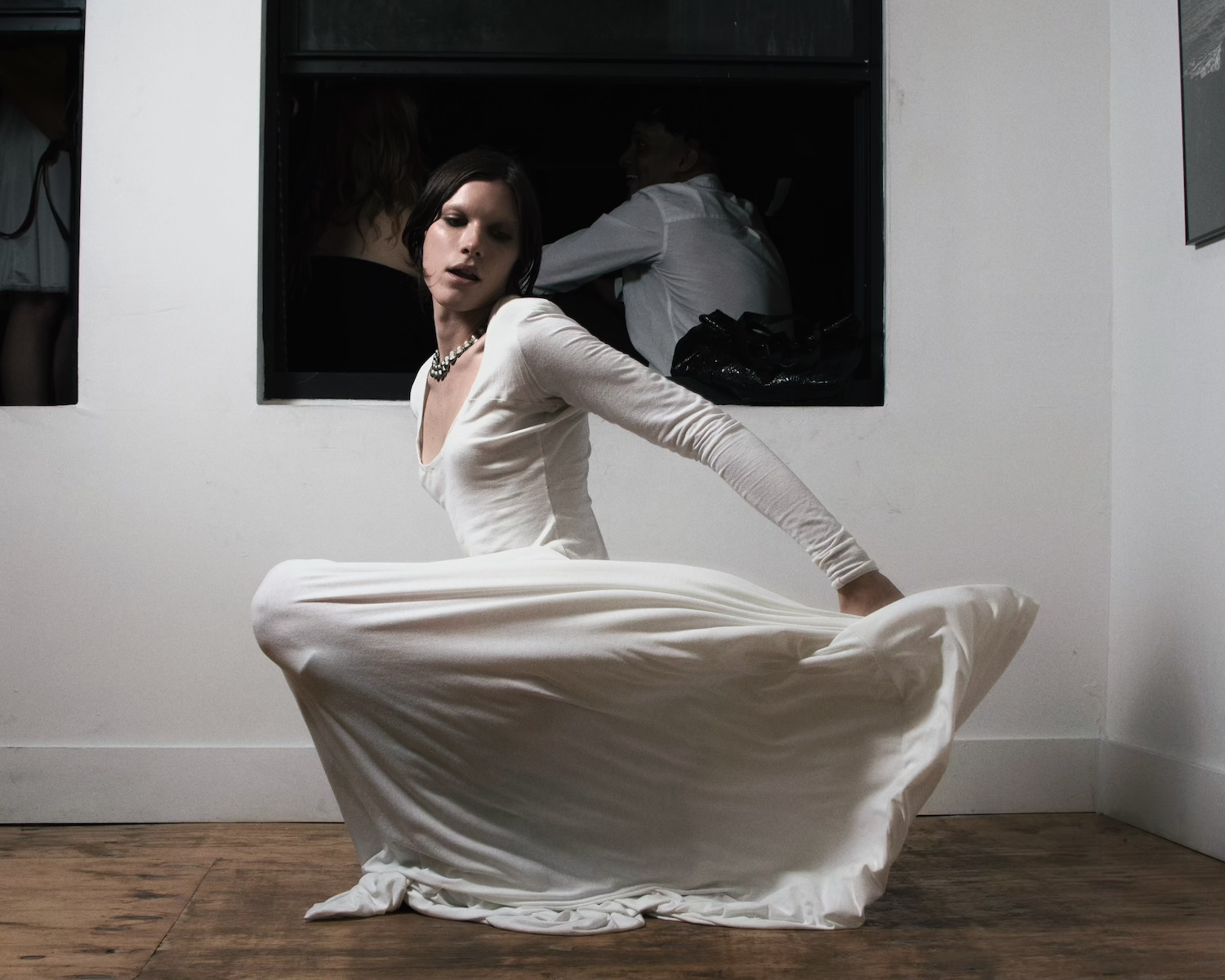
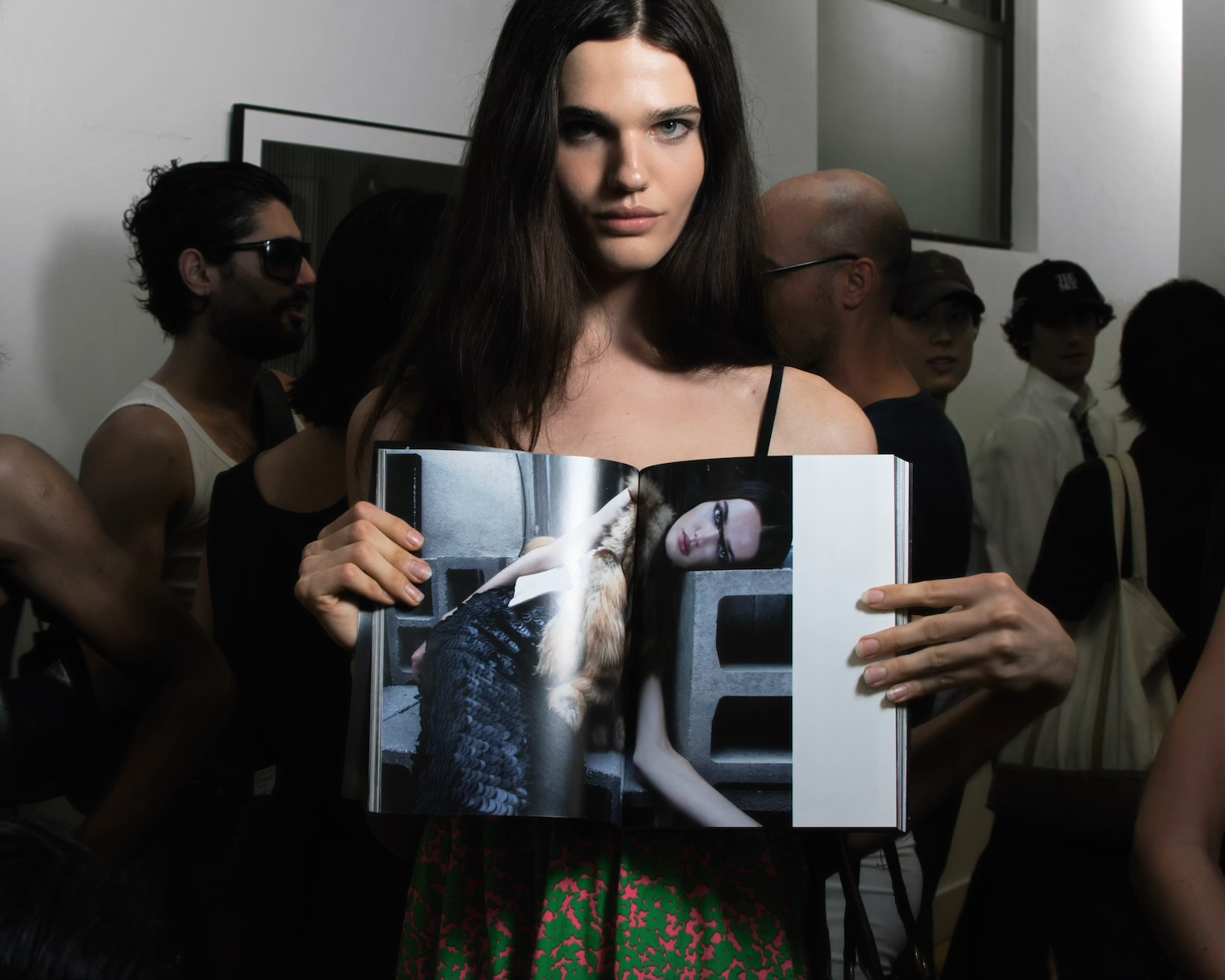
Shot about a year and a half ago, the cover of the The Perfect Initiate is a photograph from a series titled “The Power of A Lamb.” Model Dayton Aubrey, a dear friend and frequent muse of Tamez’s, is painted chalky white, her body draped in a Yves Saint Laurent dress. Frozen in an expression of anguish, Aubrey resembles a marble statue.
“It was about this female character that has an emotional intensity to her,” Tamez explains. “This was a meditation on a subversive power; the lamb is a symbol of innocence and sometimes submissiveness. The lion and the lamb is an archetypical contrast, and Jesus is called the lamb [in the Bible]. I like the idea of the lamb being the heroine of the story, because there is a power in submission. There's a subversive, subtle power in being delicate, and feminine, and emotionally expressive.”
Aubrey and Tamez met in their freshman year at Pace, where they lived in the same dorm hallway before both dropping out. “I look back and think now that the greatest gift that came out of that time was our friendship,” Tamez says fondly. “Maybe it was the purpose of us going there at all.” On one snowy day, the two ran outside after classes, and Tamez shot portraits of Aubrey topless and wrapped in an assortment of scarves. “That was the beginning of us working together,” she says, “and that relationship has continued for a long time. We always had this personal comfort with each other.”
That personal comfort is key for Tamez to open up creatively to a subject. There are 24 girls across the 212 pages of The Perfect Initiate, and Tamez says she has a “personal attachment” to each of them that allows her to access that vulnerable part of herself. “With [Dayton], it was always so easy,” she says. “Anything that I asked her to do, she knew that I would do myself, and I would push her further and further.” Tamez wore many hats throughout their guerilla-style shoots, from stylist to makeup artist to lighting director.
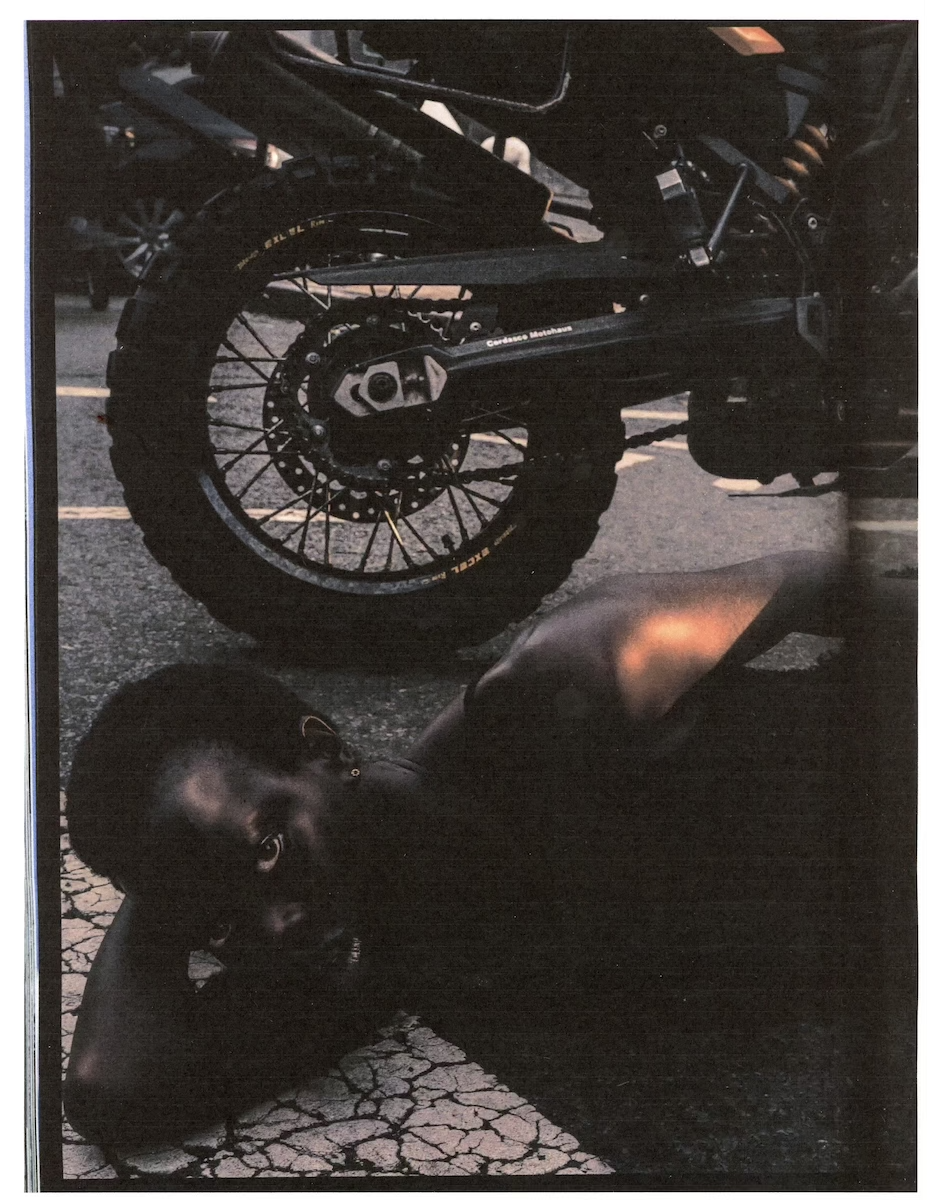
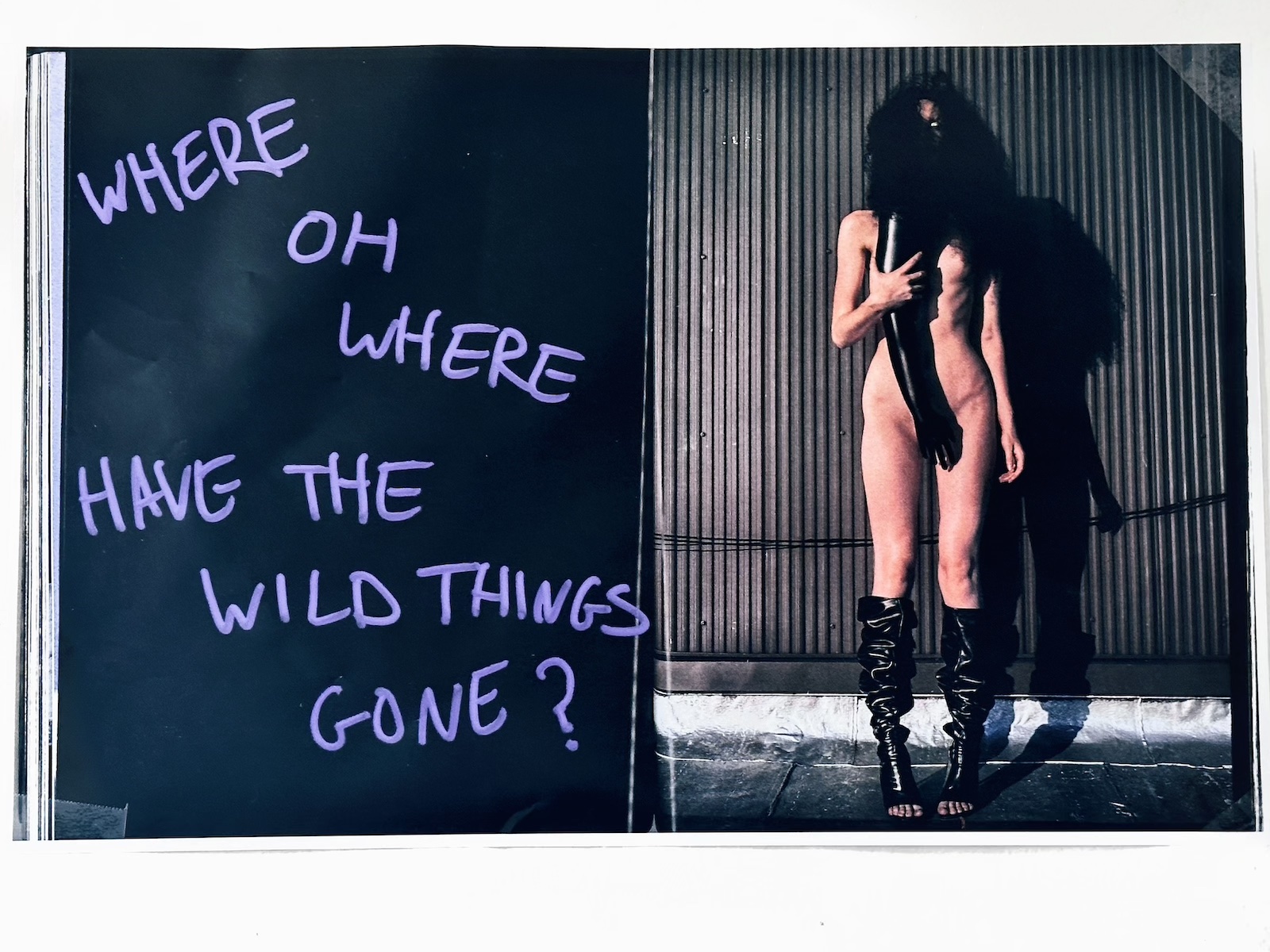
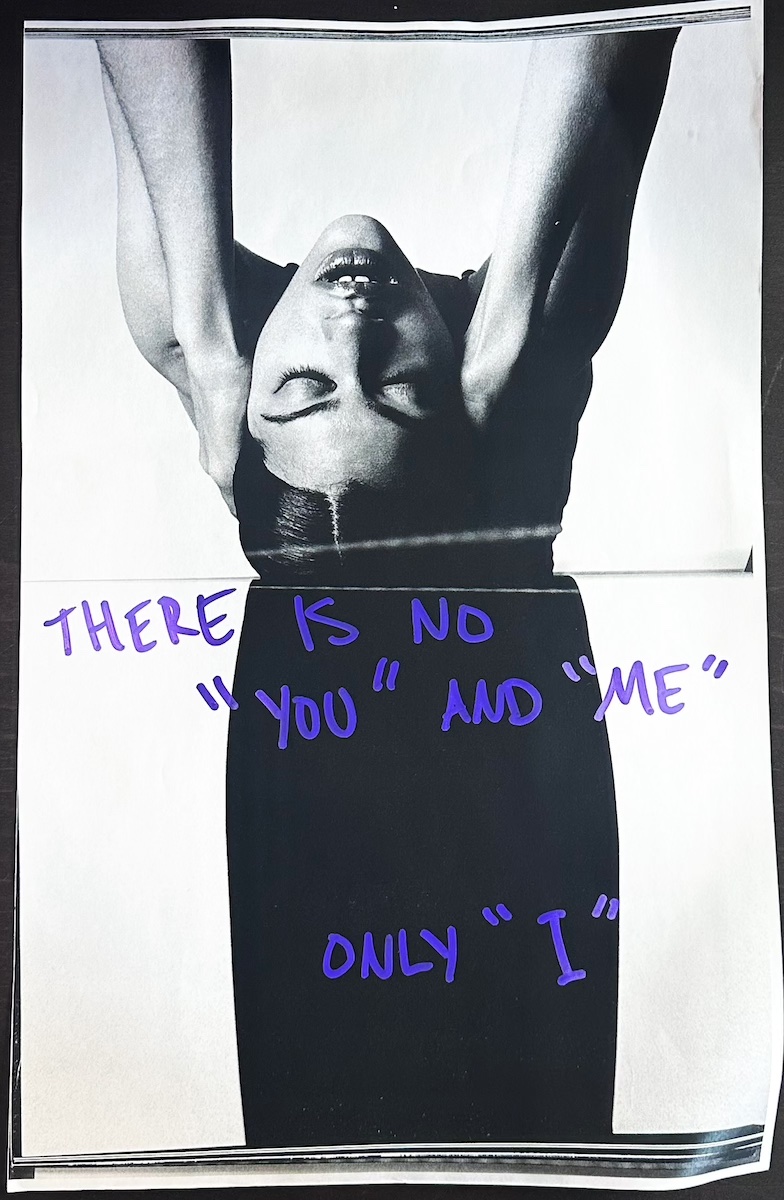
© e 2024
Tamez turns the page. “When we shot this in 2020, I had just dropped out of school,” she recalls, pointing out one photo. “I went back to Chicago for a few months, and it was hellish. I felt very lost, very confused. I knew that the path I was on in school was not going to work for me. I'm glad I figured it out then, and not 20 years from now. I knew that I had this passion for photography. I knew that I was good at it. But I didn't know how to go about making a feasible career in this line of work. No one teaches you anything, and certainly no one teaches you anything about business. It takes a long time to get a series of stamps of approval to make you even feel like it can actually happen for you.”
She takes a deep breath. “You have to have a very deeply held conviction to take that leap of faith. It took having my feet held to the fire to decide that this was a worthy venture. And so I left Chicago.”
Then 20 years old, Tamez moved into a Brooklyn apartment with some of the friends she had met in Paris during her senior year trip. She secured an internship at the studio of legendary stylist Patti Wilson through a combination of initiative and good fortune. “I was the only intern that wasn't in school,” she recalls, “so I had nothing better to do than be there every day.”
Her distinctive eye and knack for visual research caught Wilson’s attention, and the two began to work together increasingly closely. Despite the circumstances through which Tamez had come to work for her, Wilson always recognized her for what she was capable of: “I was never a styling assistant to her, I was always a photographer,” Tamez says. “She had seen a couple of my photos. Looking back, I hadn't really even gotten started yet.” Wilson began to recruit her to photograph style-outs and eventually travel to assist on major projects, including a shoot for Vogue Italia with Steven Klein.
Since taking the leap to return to New York and pursue her passion, Tamez has shot and worked on numerous magazine covers and editorials. All the while, she has continued to refine her craft and expand her own catalog of work by shooting with friends in her guerilla-style, playing multiple roles and frequently shooting outdoors with a tireless fervor. “I know it's not always easy to work with me,” she admits, “because I have a very specific vision and I don't find it tiresome to work hard to uncover that final image. I have a very exacting vision, I'm very precise. Technical mastery is something that I'm in pursuit of.”
Finding collaborators that regard the process of creation with the same level of intensity and gravitas is essential to her. “In my own crazy little mind, I treat [my shoots] with the sanctity of something greater,” she says. “If I'm going to put this vintage Fendi bag in the background of this photo, in my mind it's going to take on the context in which I would see something like this — and so I'm going to treat this photo as if it's being made for that context.” That level of intention is why the magazine format has always spoken to her. “I was always in my head wondering, what is the spread going to look like? It was always about the spread. So these photos have been next to each other in a diptych, whether it be on Instagram or in my mind, for the last four years since I took them.”
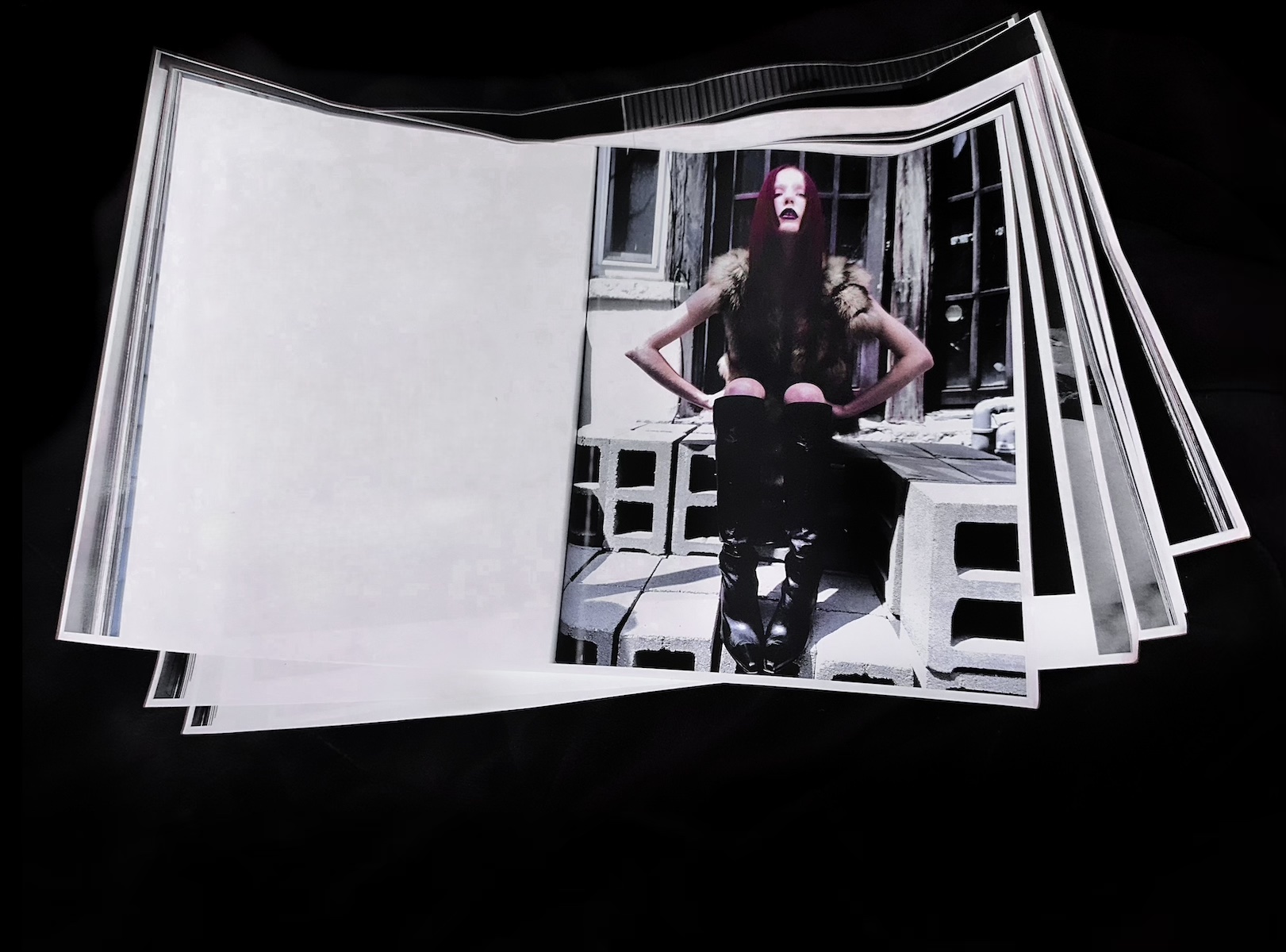
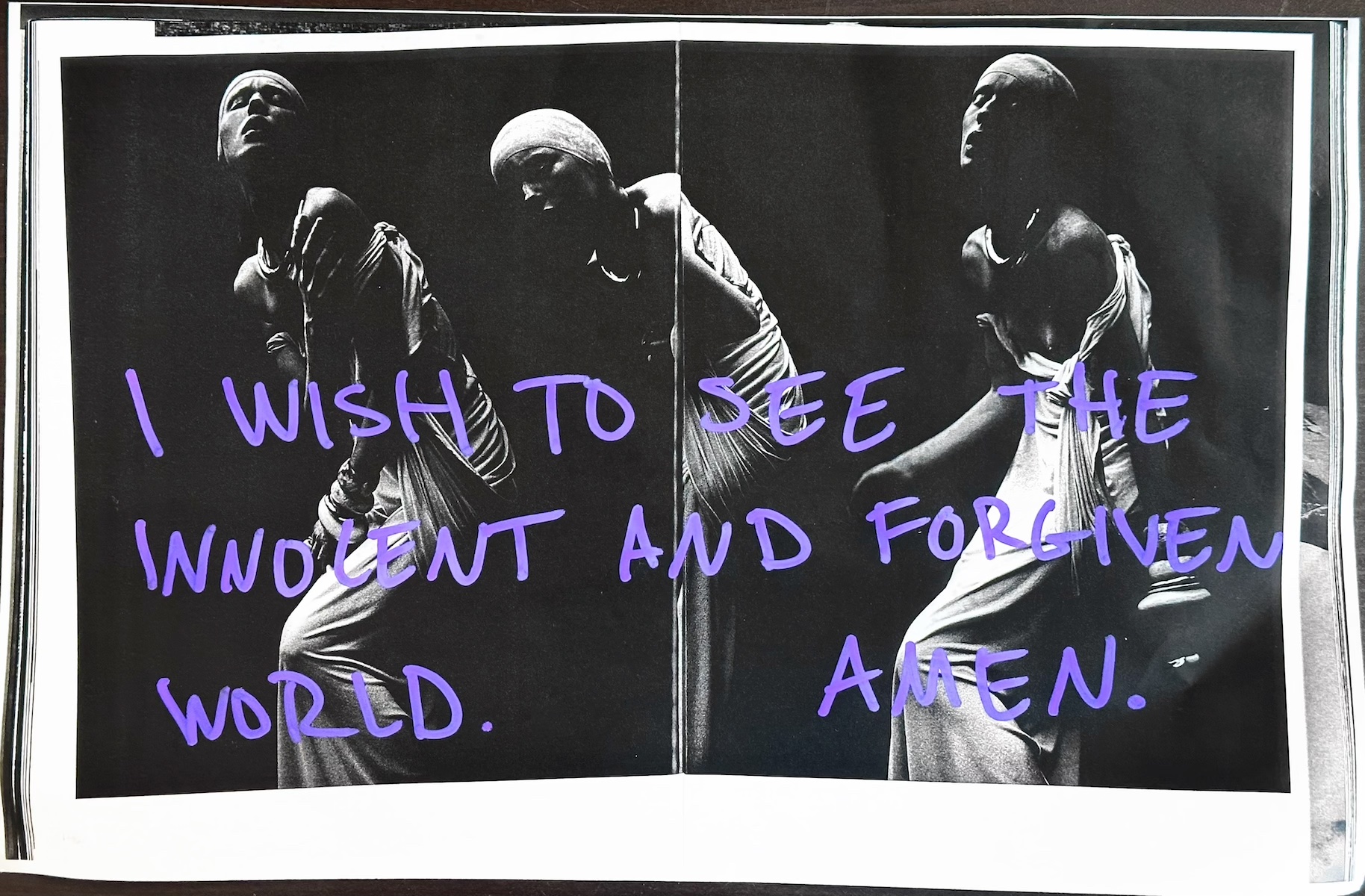
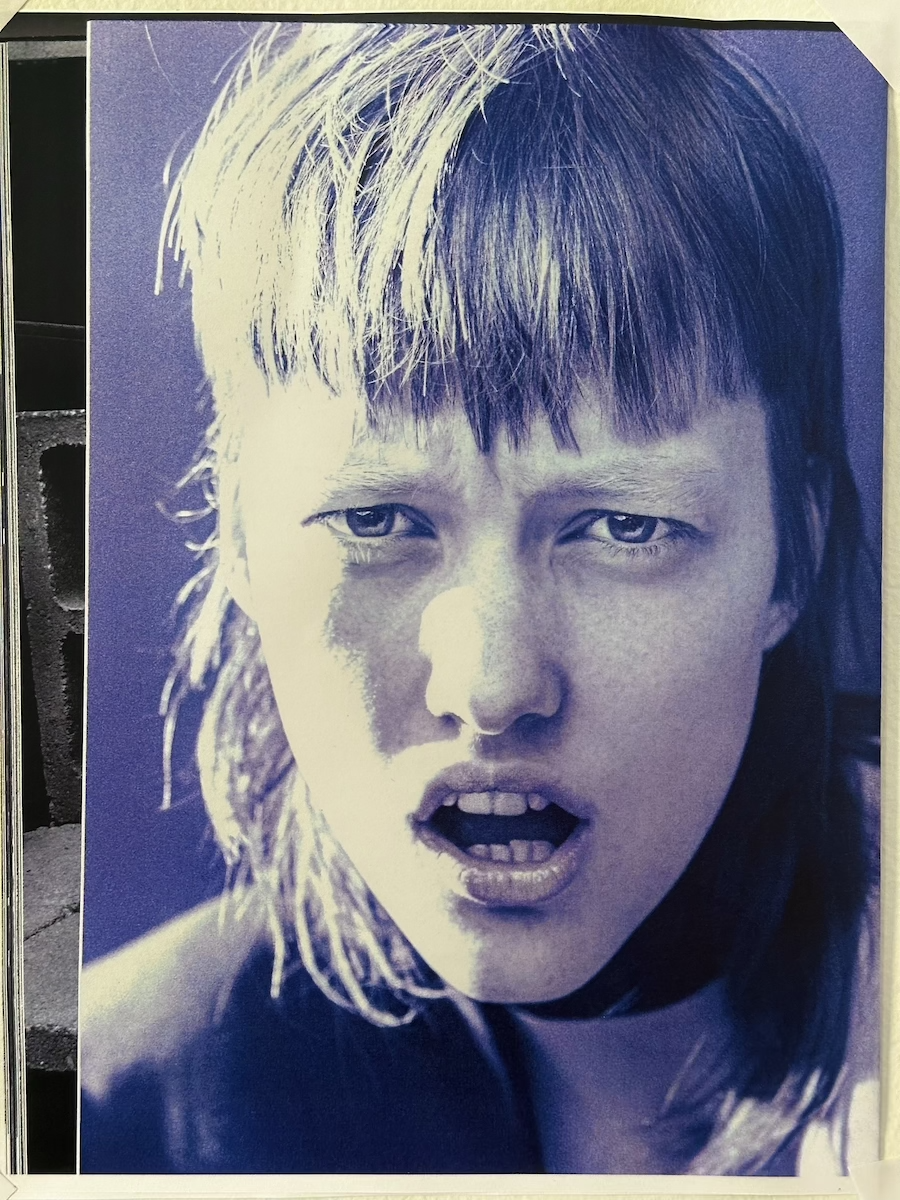
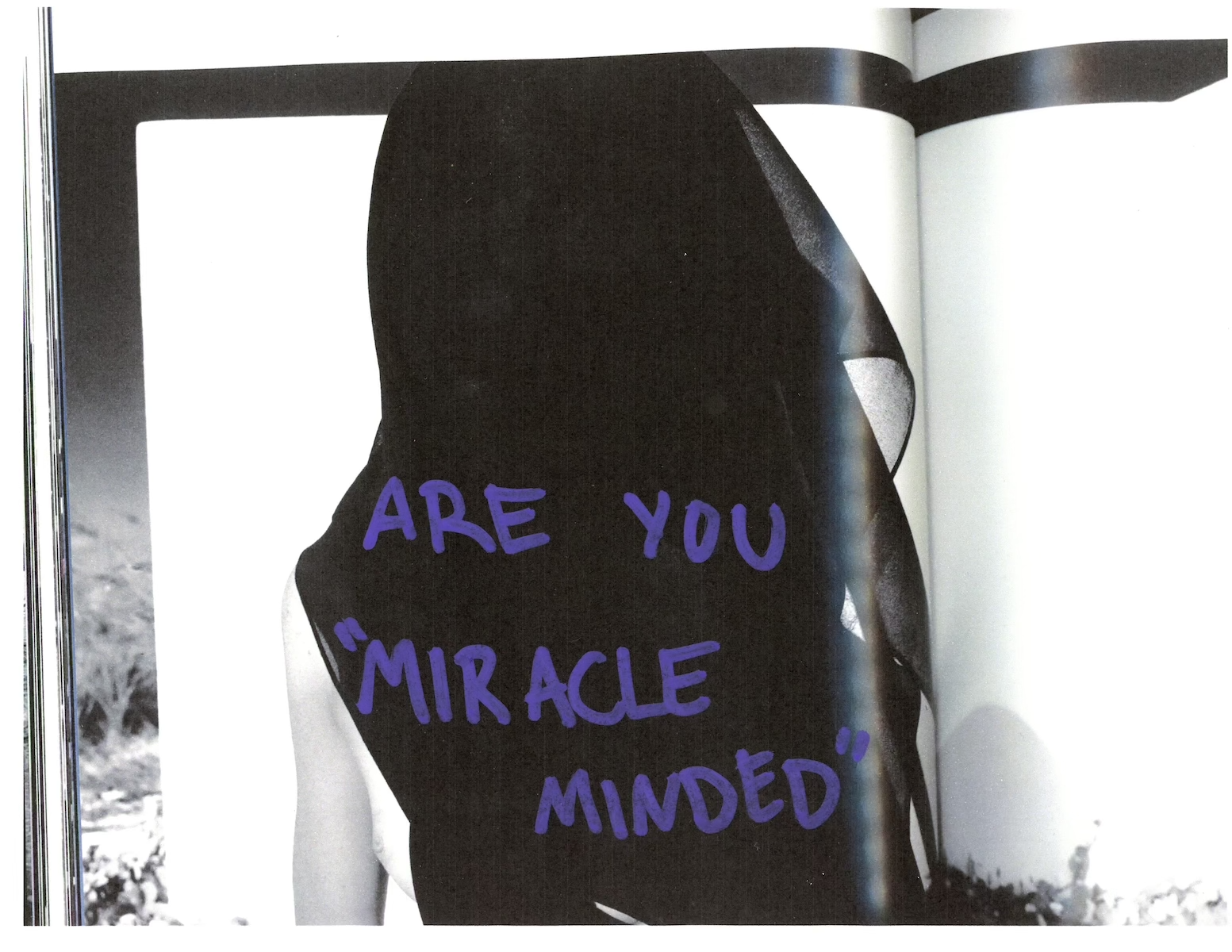
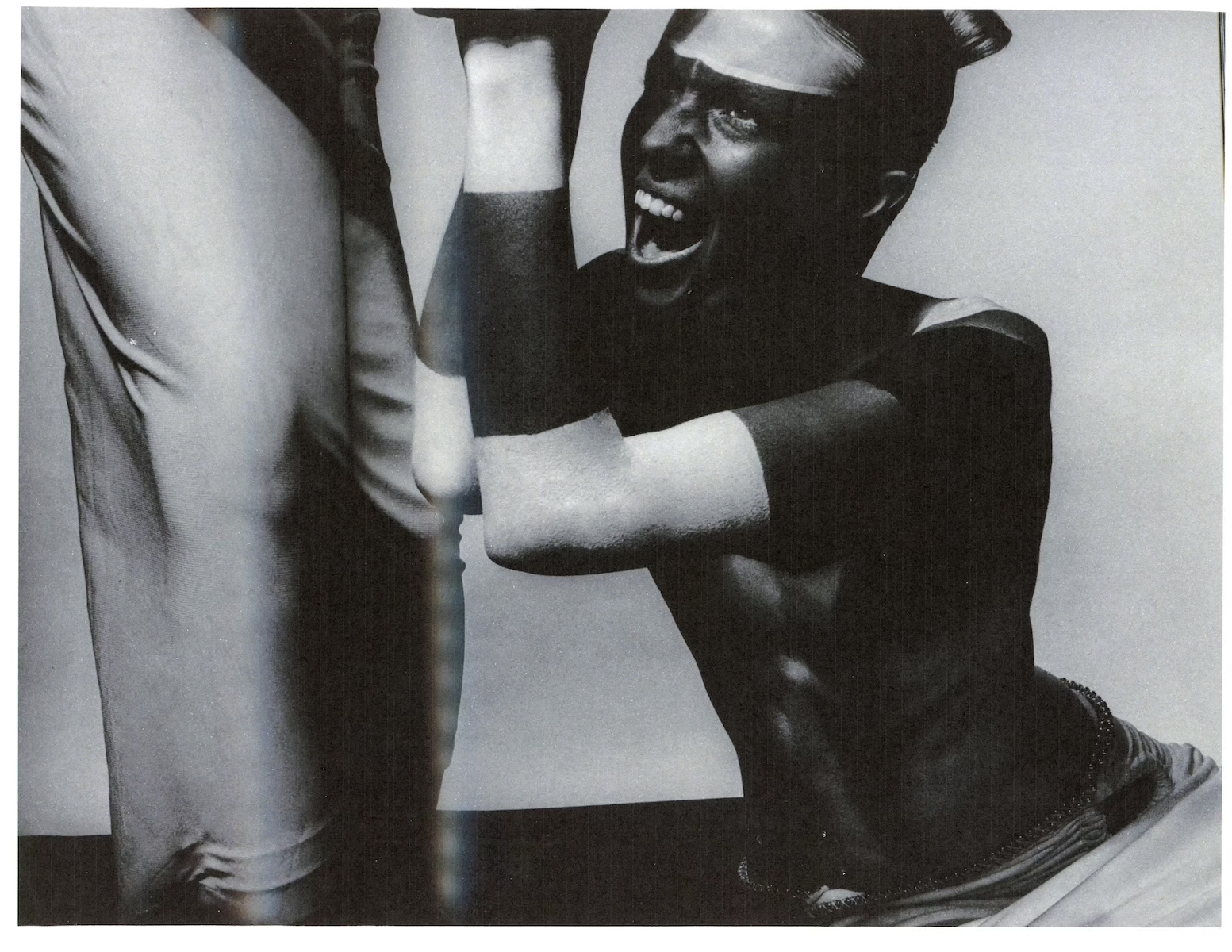
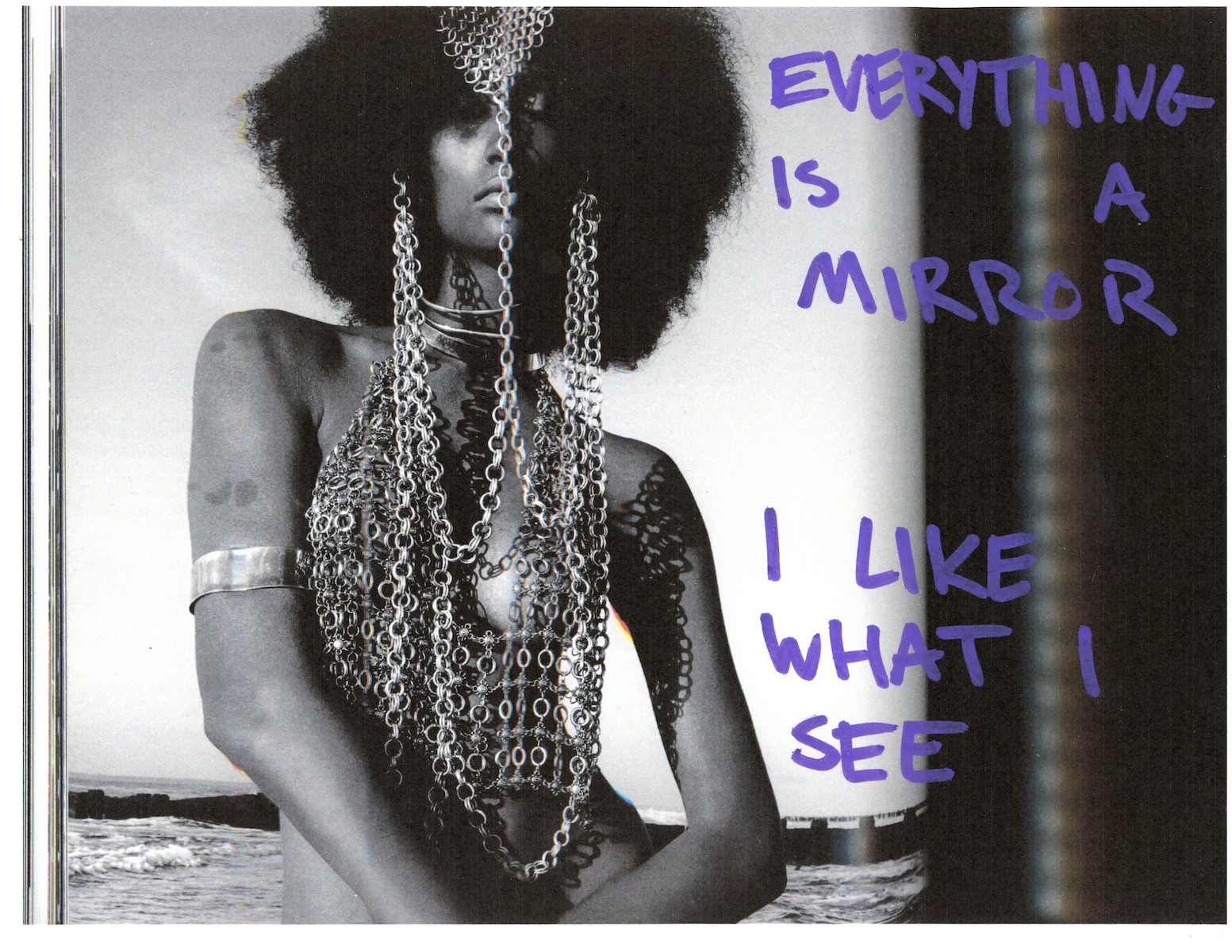
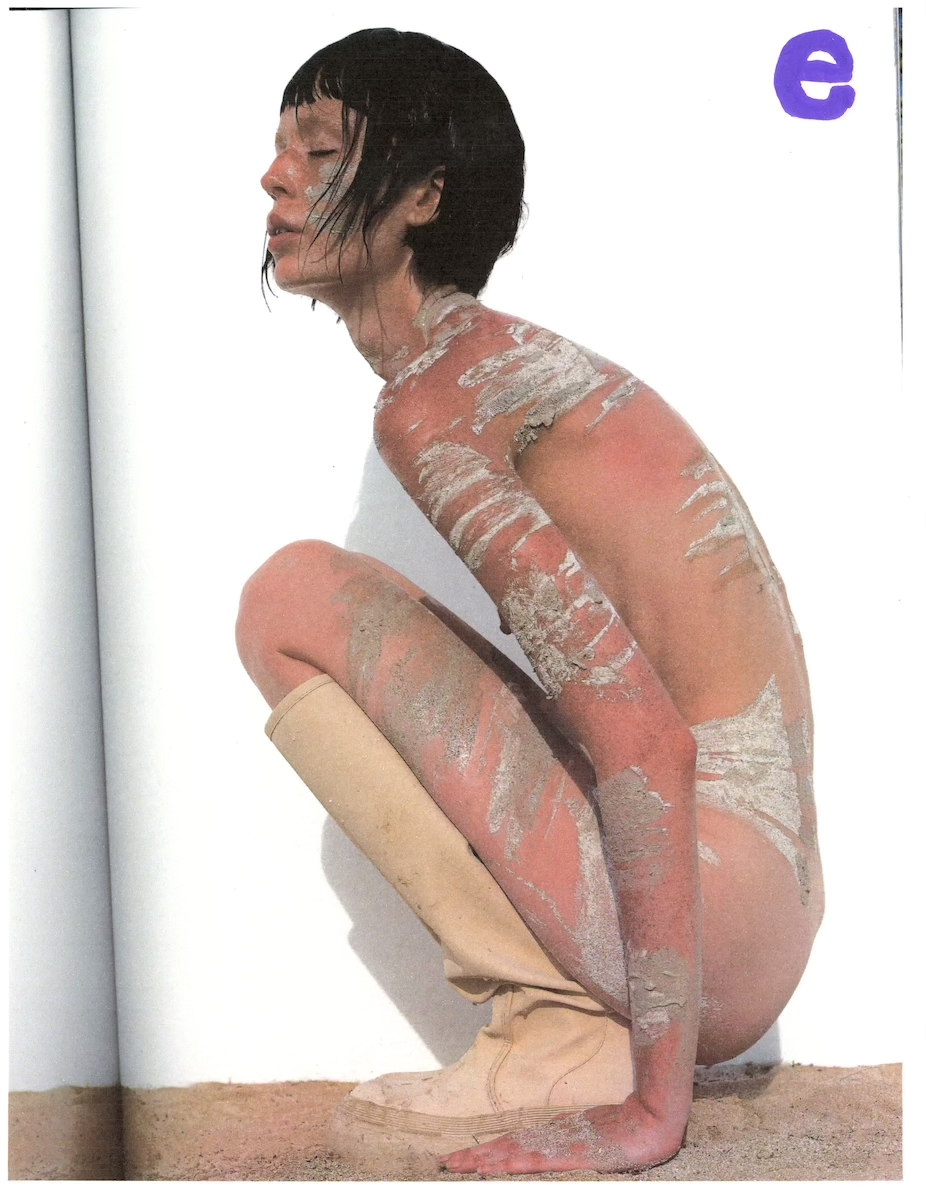
Tamez’s belief in the sanctity of print and in the importance of the layout to the presentation of her work is what led her to e.magazine, which will “eventually expand into an entire world of meditations on a theme or particular area of the human experience.” She derived the name of e.magazine’s introductory issue from her own. “My brother, my dad, my grandfather, and my great grandfather are all named Raul Emilio Tamez,” she explains. “As a kid, I was always told that ‘Raul’ meant ‘God has sent.’ It’s a Spanish name with an Arabic root. And I was always told that the meaning of ‘Emilio’ is the perfect initiate. There were four generations of the cycle until I was born. My father named me Emilio, and that was a very intentional decision. It was meant to say that the perfect initiate had arrived.”
“I carry it with me as part of the archetype of the hero's journey, and that’s part of why I never changed my name,” she continues. “I believe that the hero’s journey is true of every single individual person. We all have our own heroes' journeys. That was a really important thesis of this book.”
While The Perfect Initiate is the first installment of e.magazine, Tamez chose to call it issue zero to represent the culmination of effort that has preceded this genesis. “The blood, sweat, and tears that went into this project, the sacrifice involved is the test from the universe, asking, ‘do you want this?’” she says. “‘Are you capable? Are you afraid? And if you are, will you let it get the best of you? Are you crazy enough? Are you willing enough to put yourself out there, to show people the intimate part of you that you've kept private for four years? Initiations often involve fear and ritual and beauty. For me, this is my initiation into this new level of myself.”
“I've been distilling my practice for four years,” Tamez reflects. “I'm thankful that I haven't done all these bookings and commercial work, and haven’t been bullied by art directors twice my age shooting pictures I didn't care about. I didn't do any of that. There were days I didn't eat so this could happen. I went through this long pilgrimage toward where I stand now, with a developing creative authority, through experience and through sacrifice, to be able to deliver to the world a blessed offering of what I can do.”
As for the next issue of e.magazine? “We can sit down again when the next one is ready,” Tamez says, smiling. “I have a lot more to say, but I don't want to give away too much.”
e.magazine issue zero: The Perfect Initiate will be available for purchase here.

For those four months, Botting counted beautiful things; from buildings passed by to birds that seem to flock over the margins, there is something soft to his interactions with the city. This cultivation of appreciation for his new surroundings distanced him from the loss of leaving England.
Saying goodbye to his preconceptions about the past year, the project captures Botting’s organic evolution and subtleties in a landscape unfolding out of heartbreak.
View an exclusive preview of images from Barcelona Boy below. The book is now available for purchase from Manchester-based magazine ONSETT here.
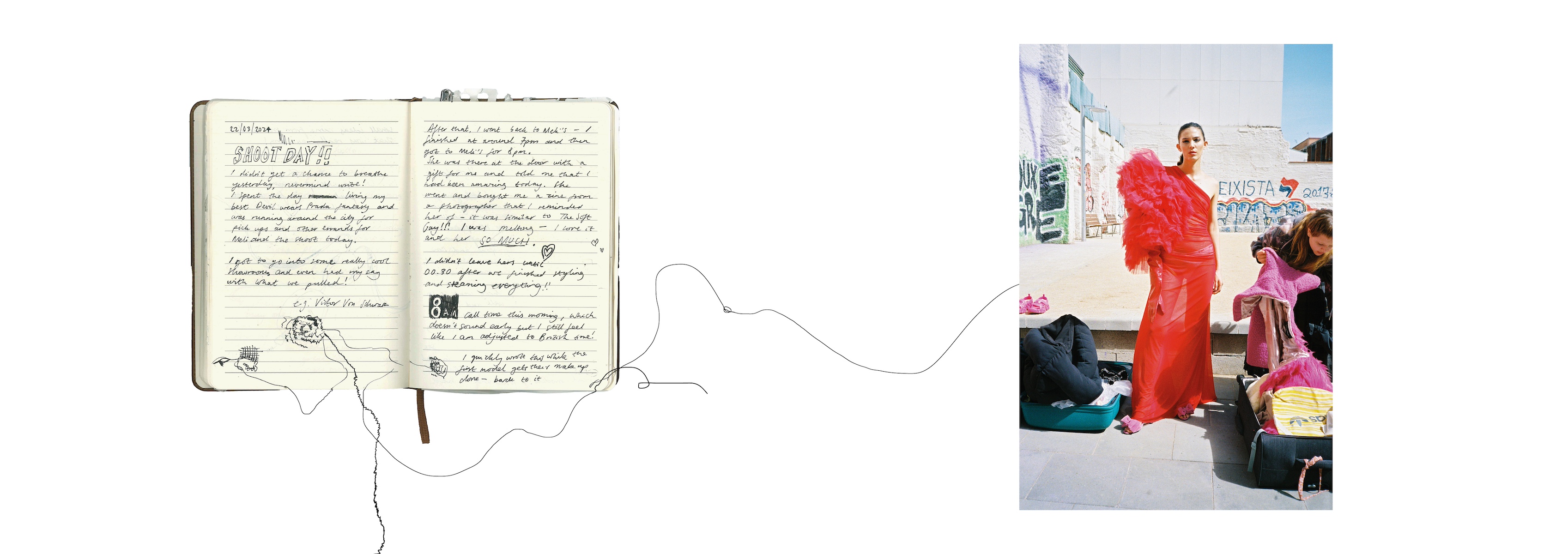
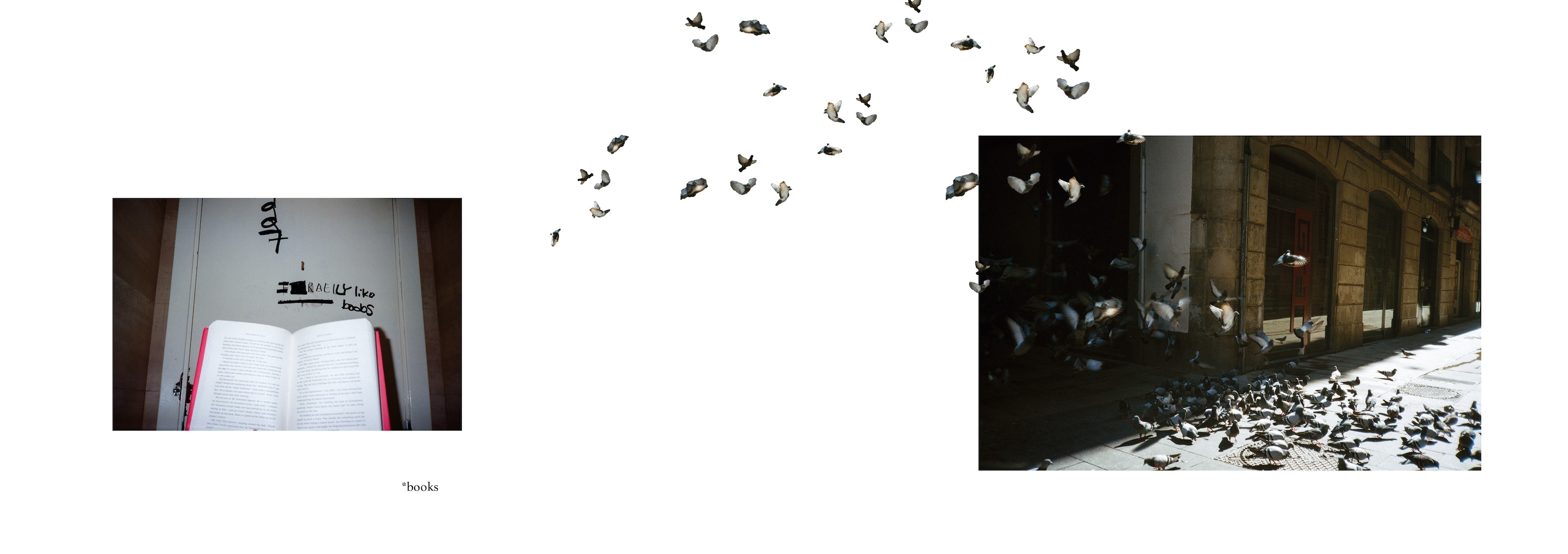
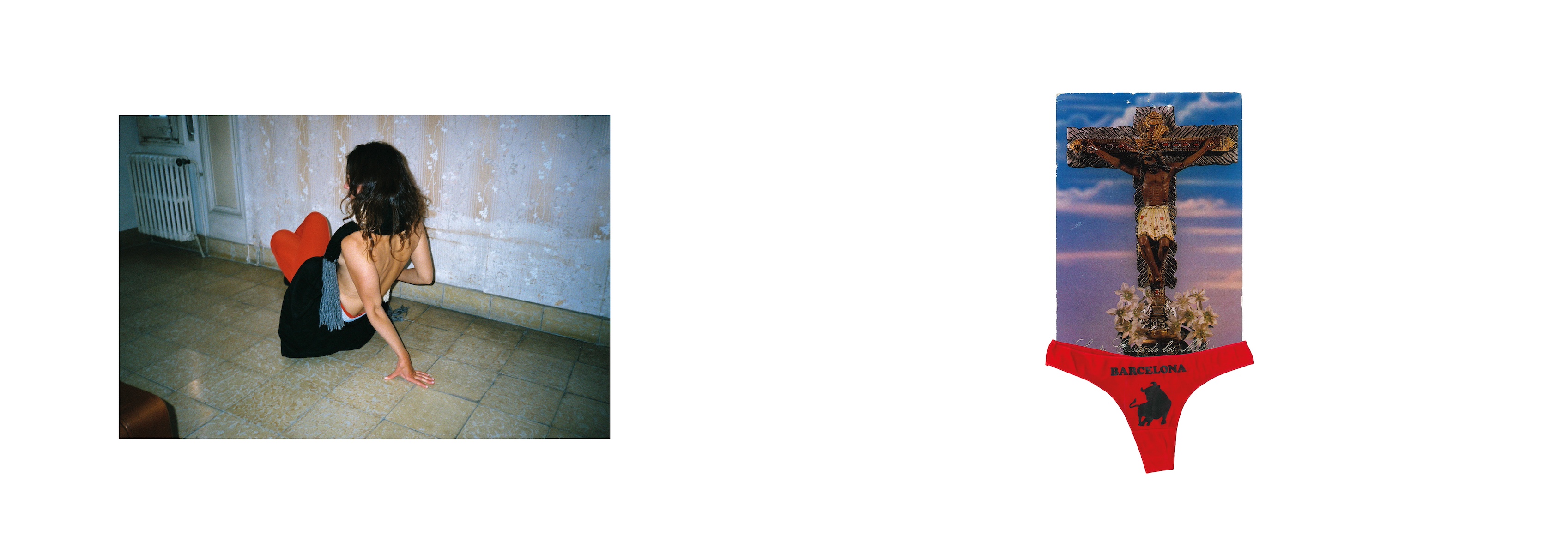
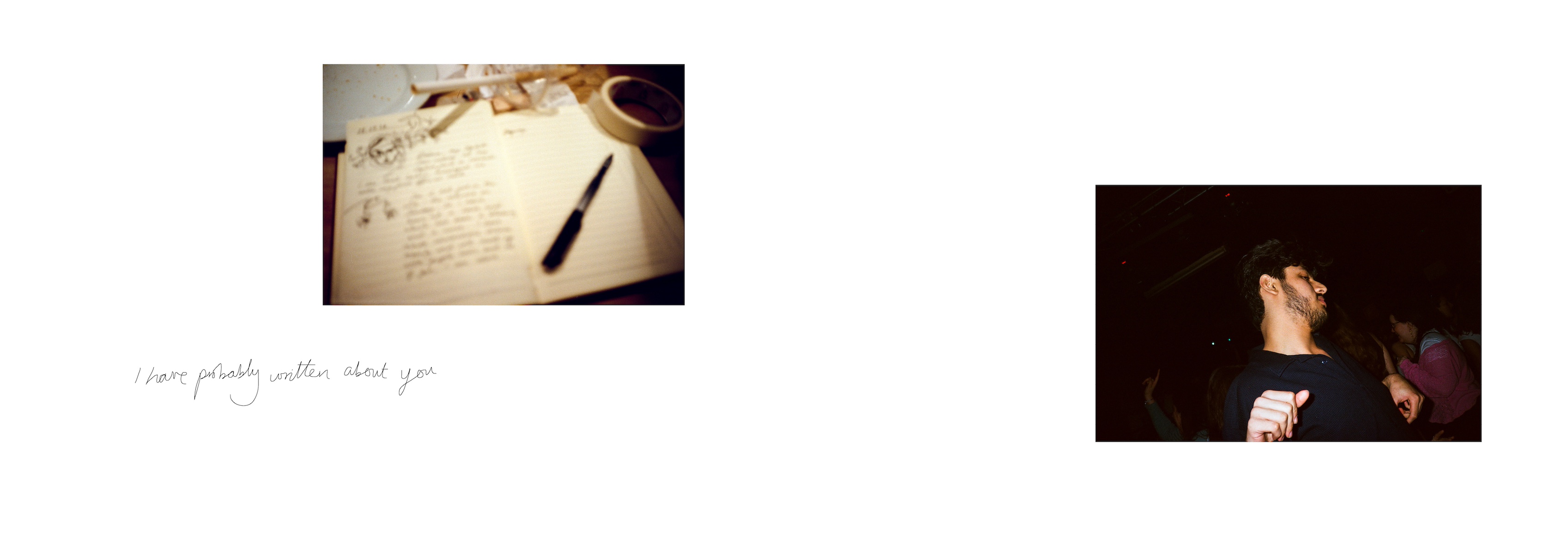
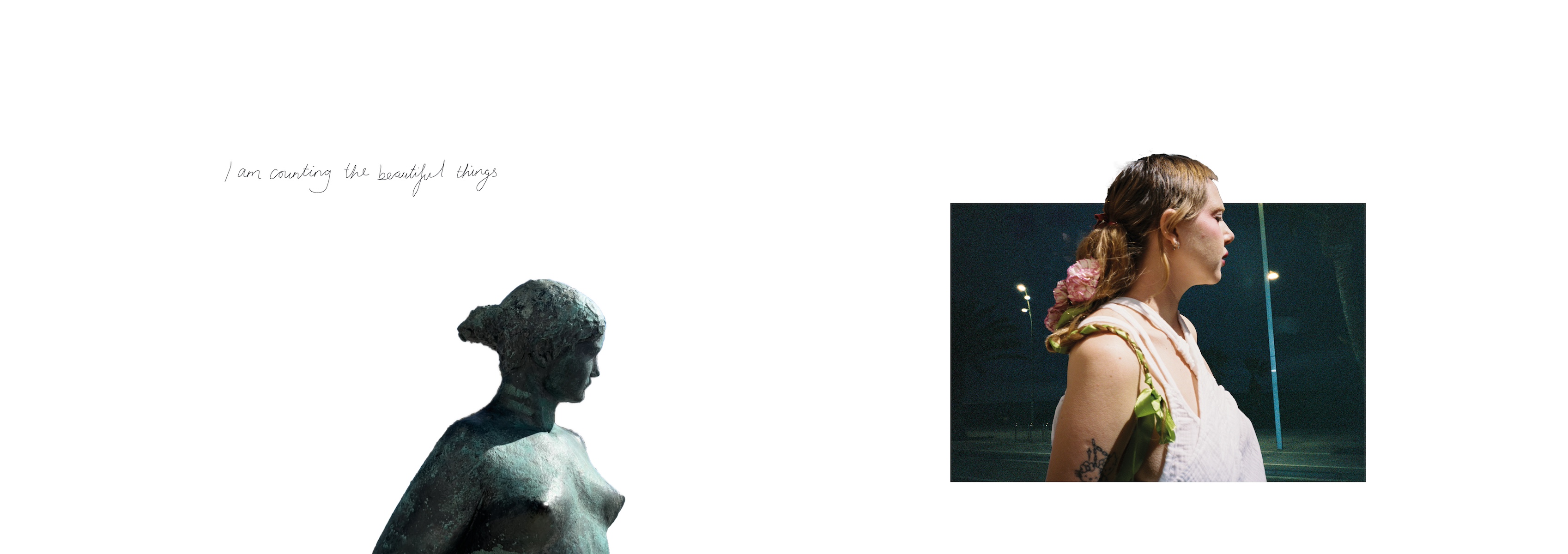
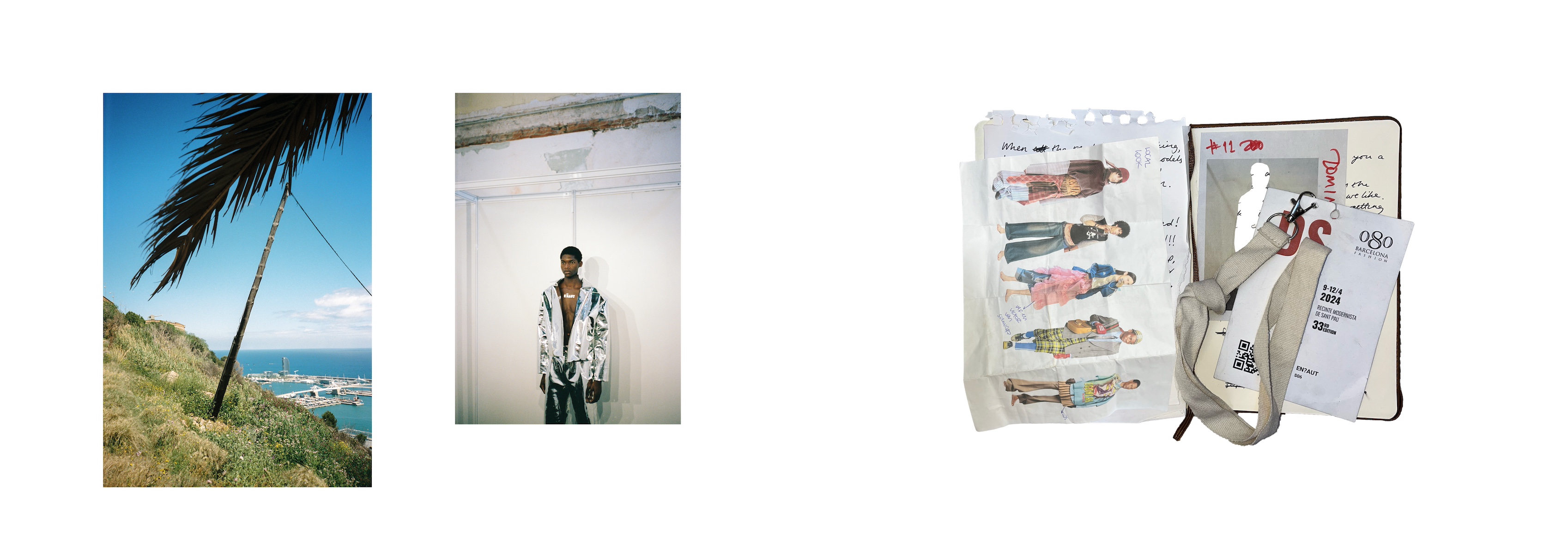
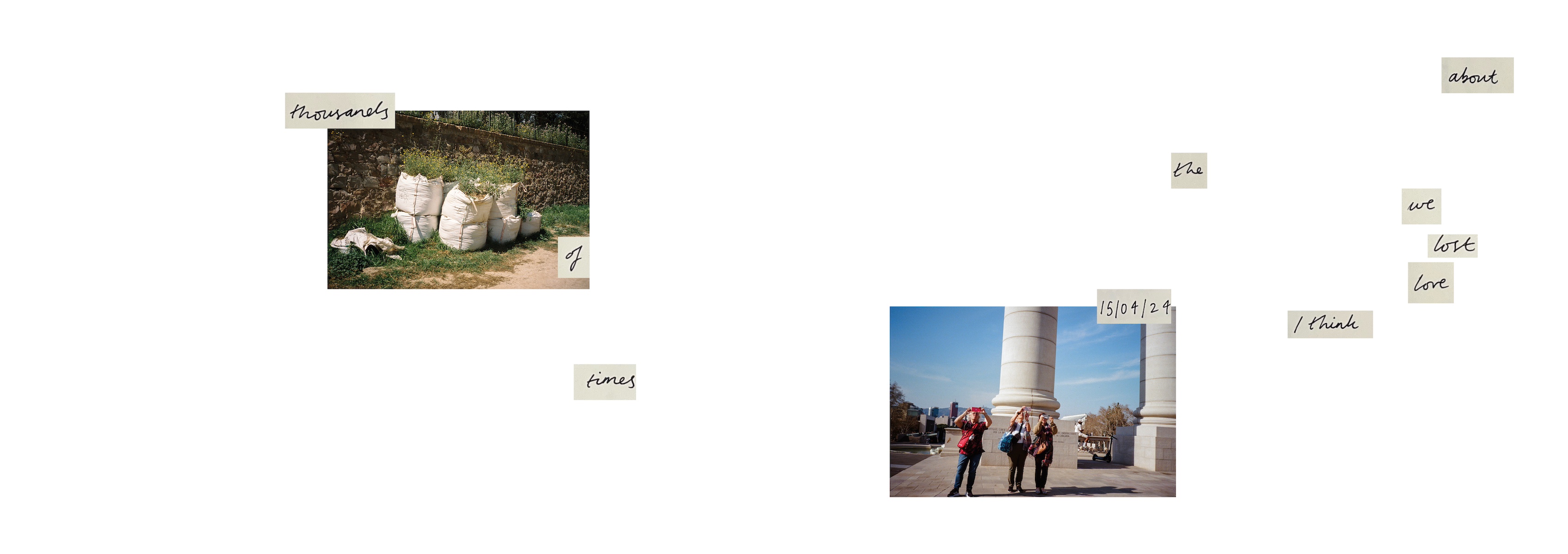

While Danzig also skates, models, and writes poetry, her approach to photography has never felt like a career choice. She takes photos to immortalize the fleeting, in-between moments of her life since moving back to New York from Philadelphia two years ago. Much like Night on Earth cycles through a revolving door of characters, Diary #1 unfolds through Danzig’s tight-knit group of friends. Her love for Jarmusch and filmmakers of a similar style is evident in her use of moody, intimate hues and settings that evoke the cinematic stillness she enjoys.
Below, we dive into the last few years of her life, discussing desert living, sobriety’s impact on creativity, and New York’s generational echo.
So you've been traveling a lot between LA and Paris, what have you been up to?
Efron Danzig— Skating a lot, I was in LA, stopped in the desert where my kinda-boo lives. Then it was back & forth between Paris & New York until now. But I kind of want to move to Paris.
I love being in the desert. It’s nice to not be in a big city.
It's really pretty. Where he lives you have to dig a hole to shit in.
I heard that’s better for you.
Yeah, honestly, it's good for your bowels. My friend has a little stool for his toilet so you're in a squat position and it just comes out smoother. I want to get one, but I think it'll be crazy. People would come over and be like what the fuck is in your bathroom?
[Laughs] So what's inspiring you right now?
Over the past few days, I've been watching Sandra Bernhard on The David Letterman Collection because she reminds me of my sister, and of course, Jim Jarmusch.
What’s your favorite Jarmusch movie if you had to pick?
Besides Night on Earth, maybe Ghost Dog: The Way of the Samurai with Forest Whitaker.
What do you love about his movies that other people might not notice?
Oh, that's a hard question. I don't know what other people might not notice, but I love the lighting in those films, like the orange and blue Tungsten lights.
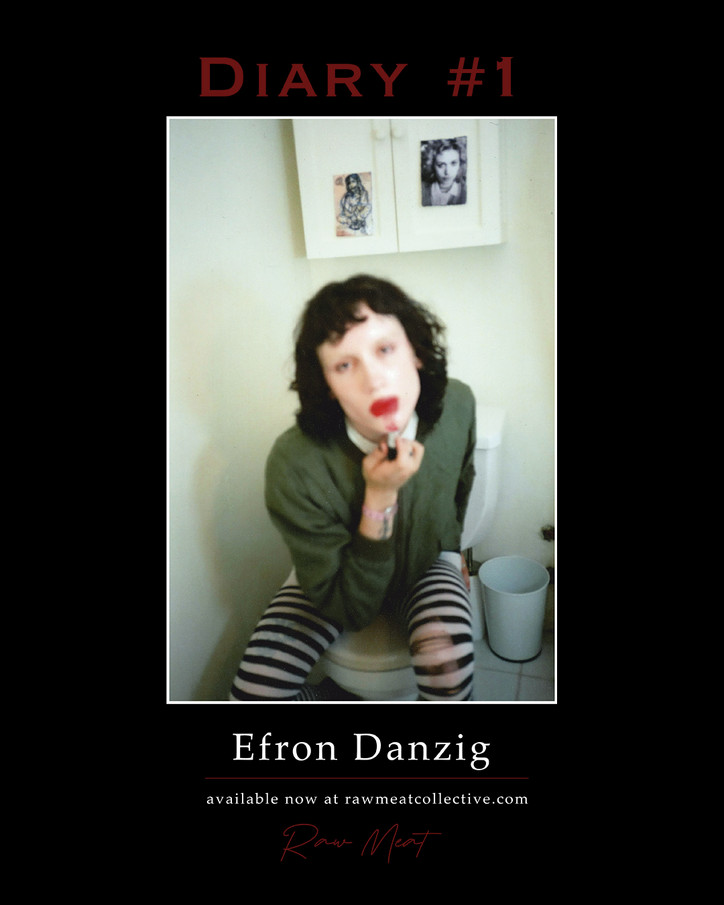
Get your copy through Raw Meat Publishing here.
Tell me about the subjects in your book.
They're all people I love. The original incarnation of the book featured a lot more of my friends, but I wanted it to read more like a cast of characters. Like a show where you see the same eight or nine people over and over in certain situations. I wanted people to be able to recognize the characters; if you have too many people, it gets harder to do that. I wanted to capture those in-between moments where maybe nothing even is necessarily happening.
Walk me through a regular day of hanging with your friends.
I love playing pool at the end of the day, sitting in a park, going to a show, riding my bike, the usual shit.
I know you’ve exhibited your photos in shows before. When did you decide to put your photos into a book?
So I met Kyle who runs Raw Meat Publishing, at an Eight Ball zine fair and gave him my email. He hit me up a few weeks later asking to see my photos, so I sent him 50 and he asked to see more. So I sent him 600, and he told me he wanted to make a book. He's made everything easy for me in terms of the logistical aspects, and he allowed me to take my time with this project.
I wanted the book to feel and read like a visual diary or film. I used to write a lot, but at one point, I had a knee injury, so I wasn’t skating and had a lot of time to dwell. That's when I started loving photography as a way to document my life apart from the poetry I’d write.
Does your photography feel like an extension of your poetry?
Once you start writing a lot of poetry, certain things people will say in conversation seem like you have to put that in a poem. It makes you see the world differently and I feel like photography does the same. It changes how you see things, which keeps it interesting for me, but I wouldn’t say it's an extension exactly. To me, they’re separate.
How do you know when you’ve taken a photo you love?
Sometimes you just feel the magic in that moment when you take it, I don’t know. I love people smoking. That's a big part of my life in a stupid way, because I've been smoking since I was young. It's a big social thing for me, so I definitely love shooting my friends at the end of the day when we're just laying in my bed smoking a spliff after a party or when they wake up.
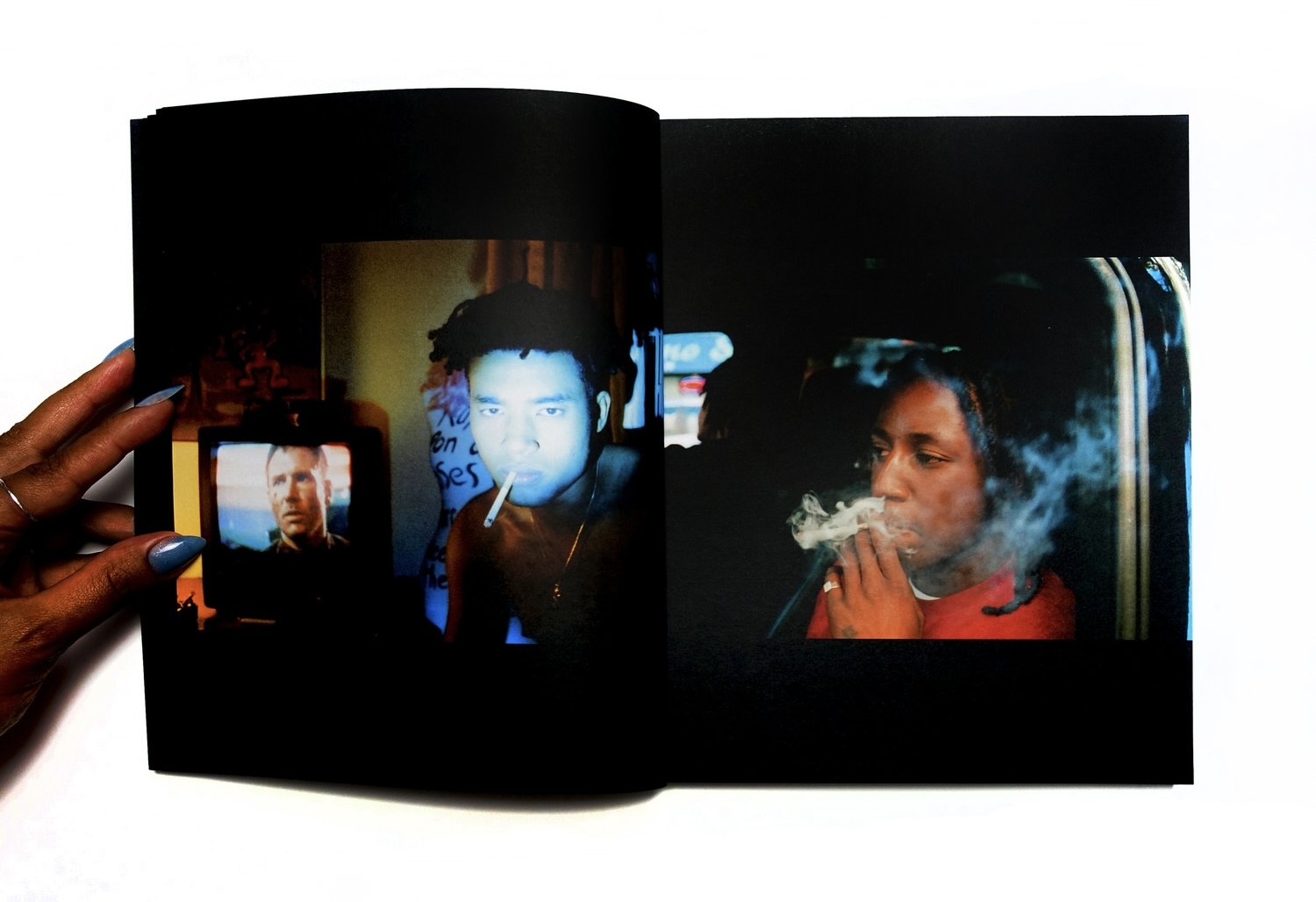
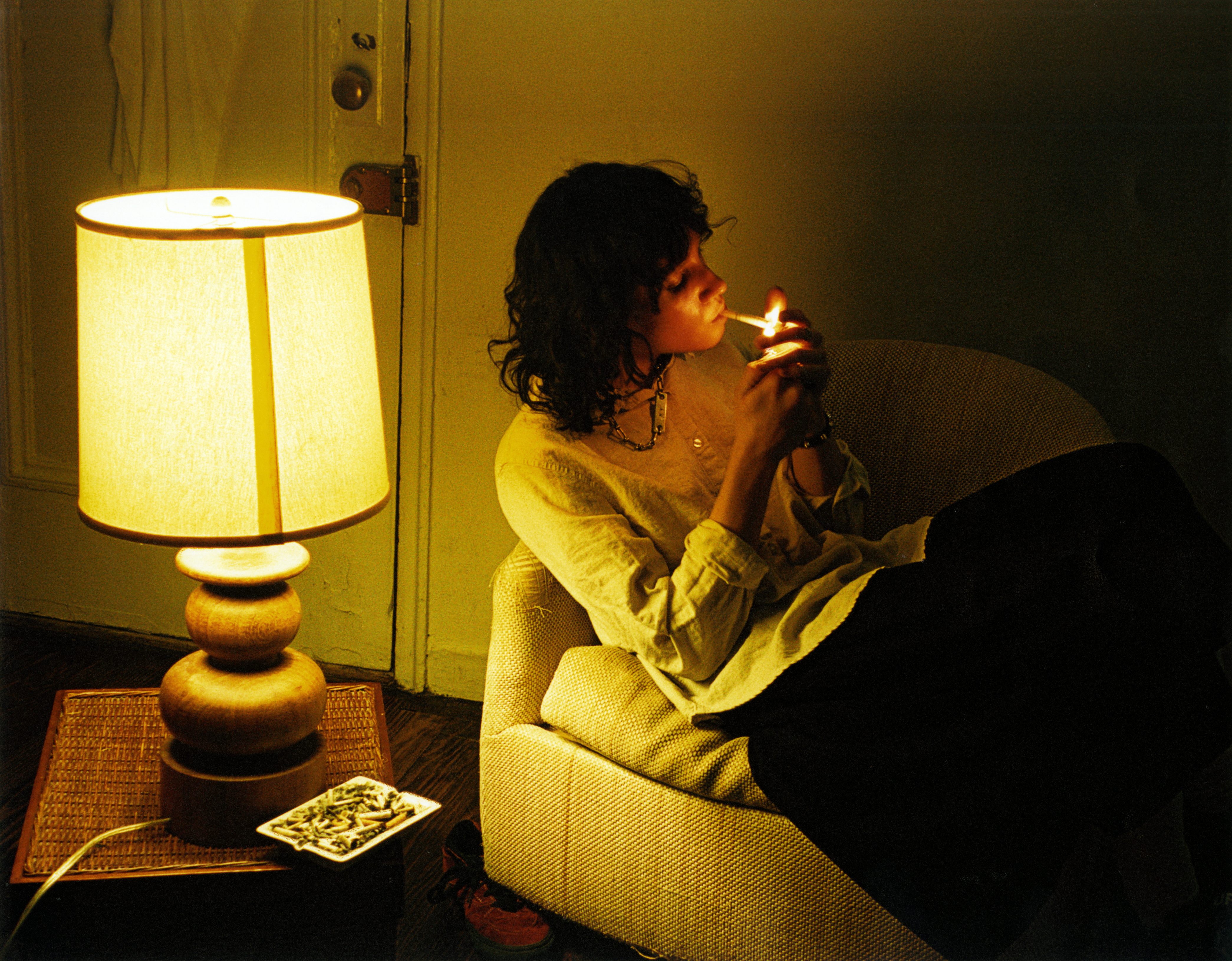
Do you have any favorite moments in the book?
I was sitting inside a car and my friend Kader was skitching while he was on the phone with his friend, smoking a spliff, and it just looked so insane. But honestly, my favorites are the really tender moments where my friends and I are chilling at my house or their place at the end of the day, just smoking. That’s often when I’m like, Can I take a photo of you? And that's it. Maybe I'll move the lamp a little bit closer or something, but it's that candidness I like to capture.
Are you still writing a lot of poetry?
Not as much. Photography works well with skating because you're just out all the time, and when you're with people, you can photograph them. I was definitely writing more poetry when I was playing music; you have more time to dwell… I was drinking a lot too & that helped. I’m 7 months without alcohol now though. Weed and other things yes, but no alcohol. A lot of my favorite poets would always go on about how they were writing when drunk, I don’t know, I would always be drunk too. As soon as I stopped drinking, I stopped writing as much poetry and I've been out skating more. I've realized that I’m not necessarily in a good place in my life when I'm writing a lot of poetry.
Would you say that poetry is a way for you to process more unsettling emotions and experiences as opposed to photography as a medium to document the world around you?
Yeah, definitely. Although I do like using photography to capture loneliness, mundanity, and monotony in my life…. I do write a lot now, but it's more journalistic, very matter-of-fact, recording details about my day or just gratitude lists.
It's so funny that you say that because I feel like I was always writing poetry when I was younger, but I stopped when I stopped drinking as much.
Why is that?
I don't know, but I know we’re not alone. I was reading Maya Angelou’s interview in the Paris Review which talks about how she always wrote in the same hotel room in whichever town she was in. She’d never sleep there and always wanted it to be the same when she walked in. She’d arrive at 6 AM with her notebook, a pen, the Bible, and a bottle of Sherry. She’d start drinking upon arrival or later around 11, and it would get her into the mood.
I don't understand that. I mean, I do understand that, I just don't know why it works that well. I would take Adderall, buy a bottle of wine, sit at my desk, and just drink, write, and smoke for hours, and hours, and hours, and now I can't do that. [Laughs]
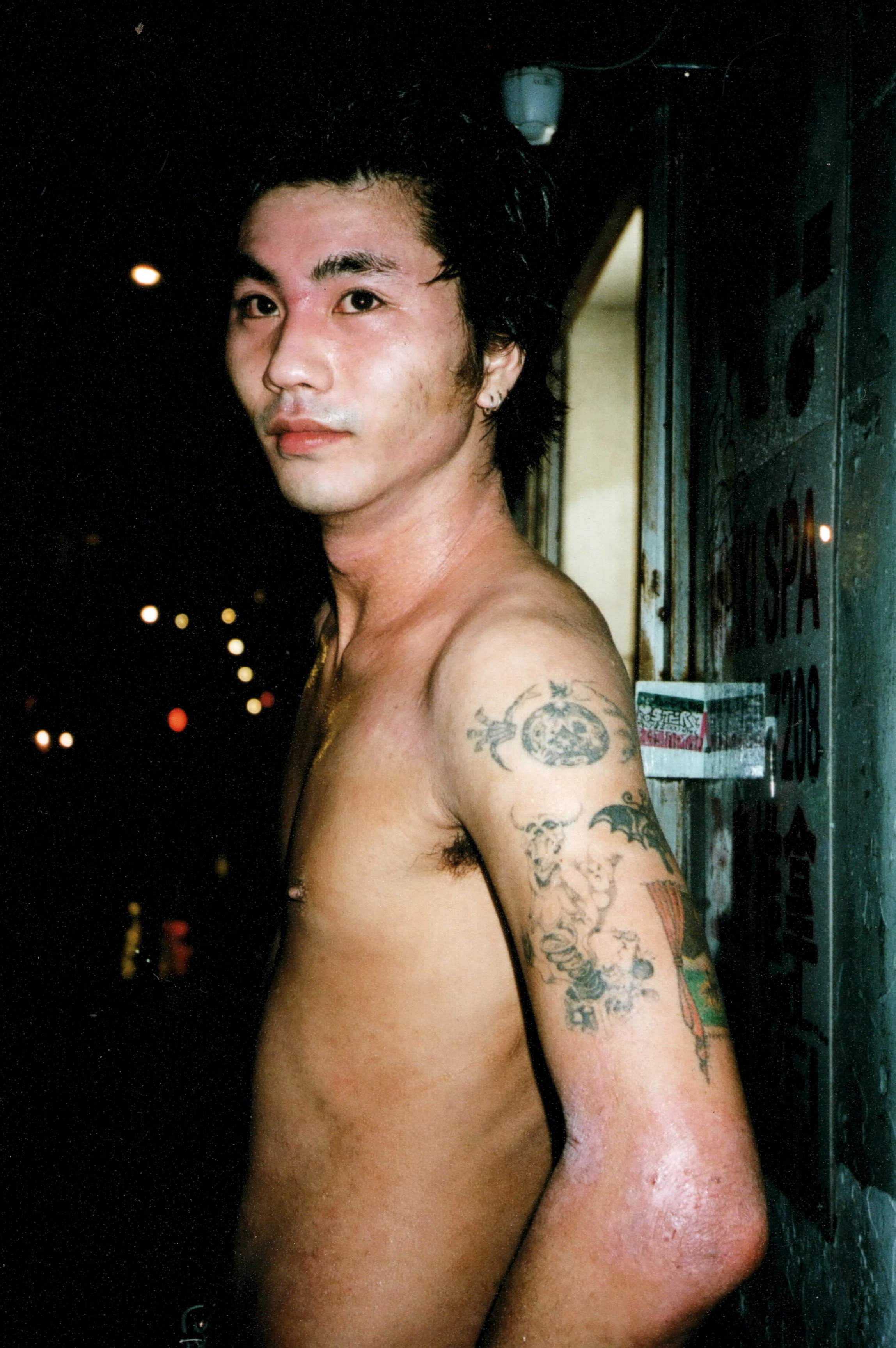
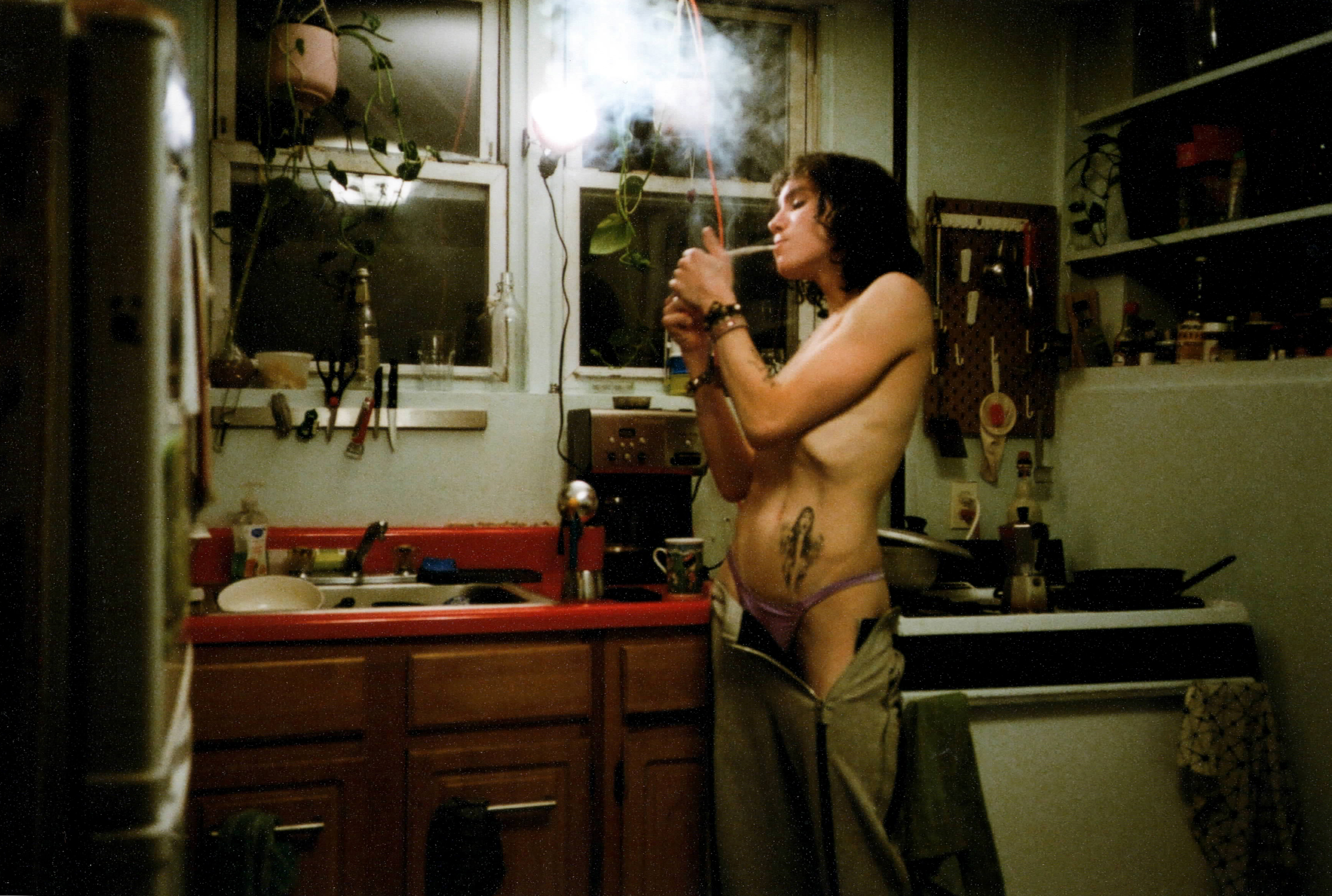
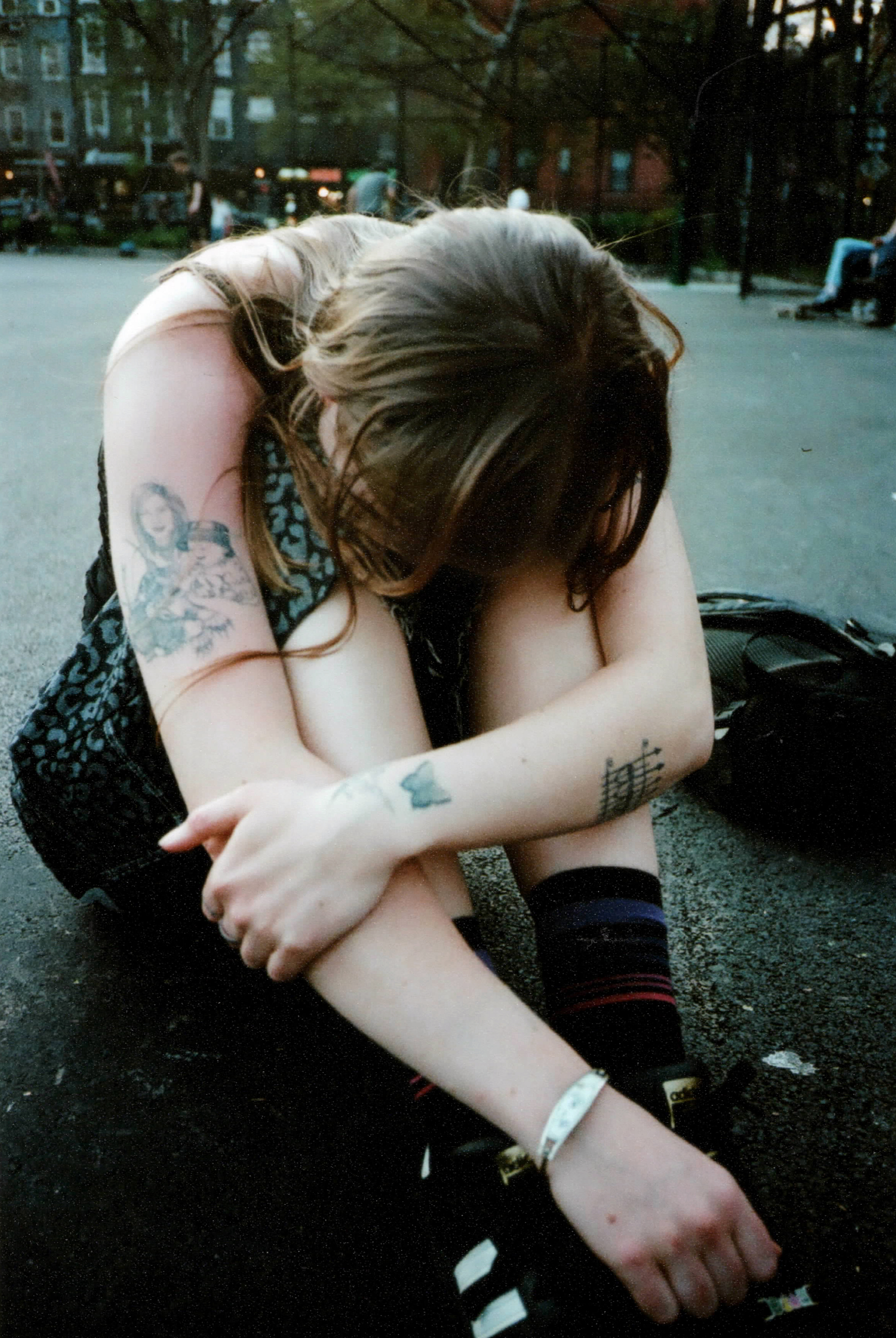
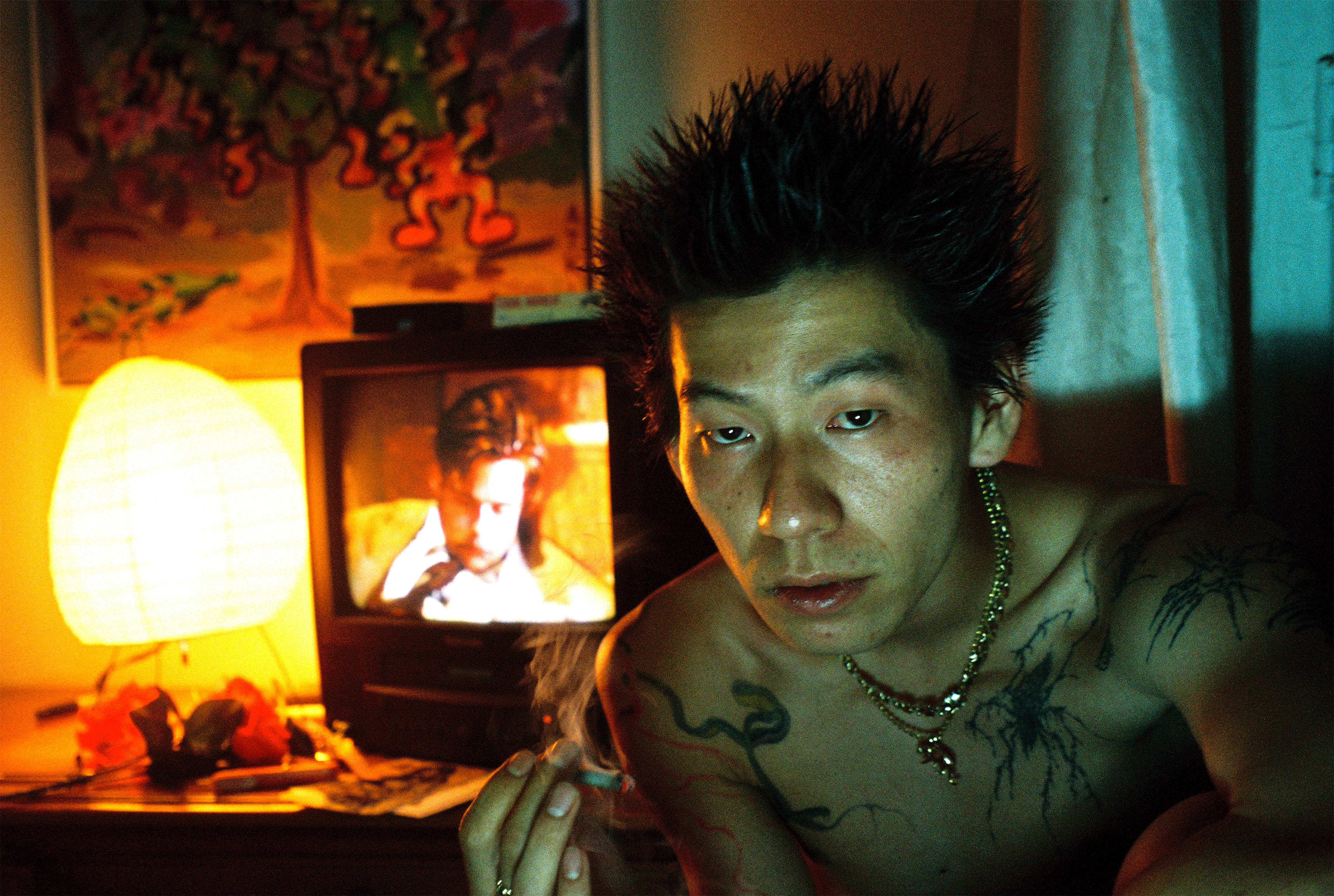
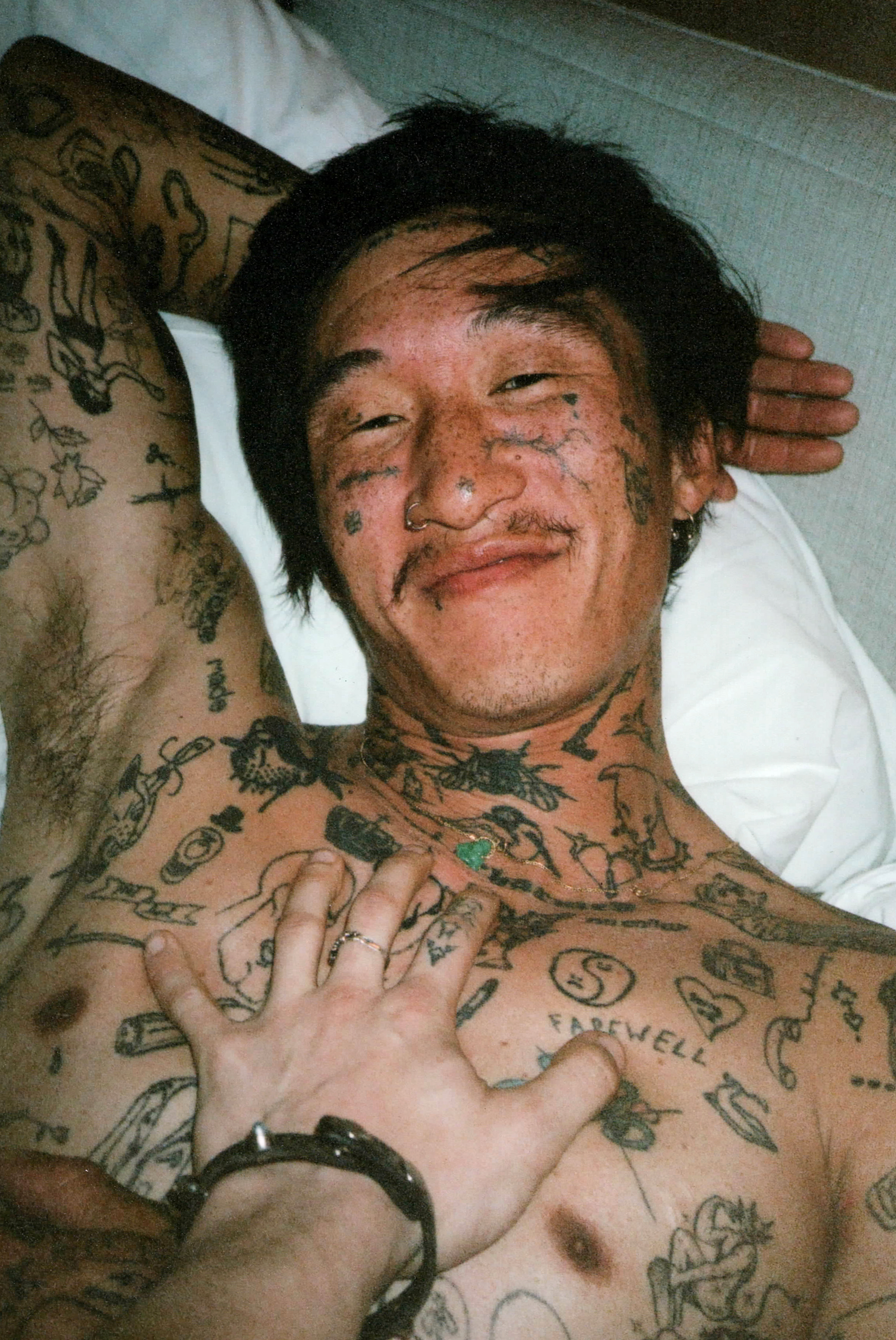
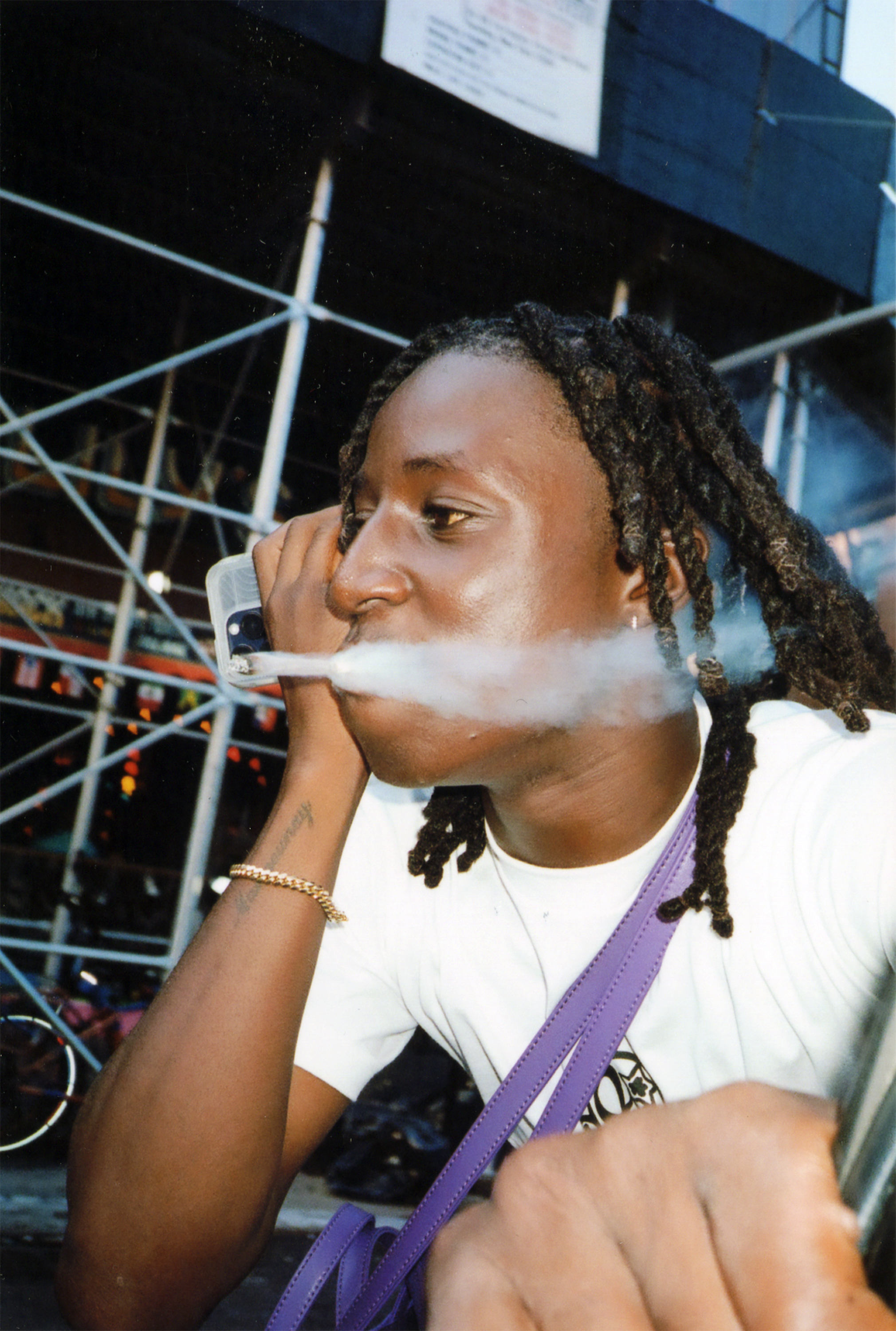
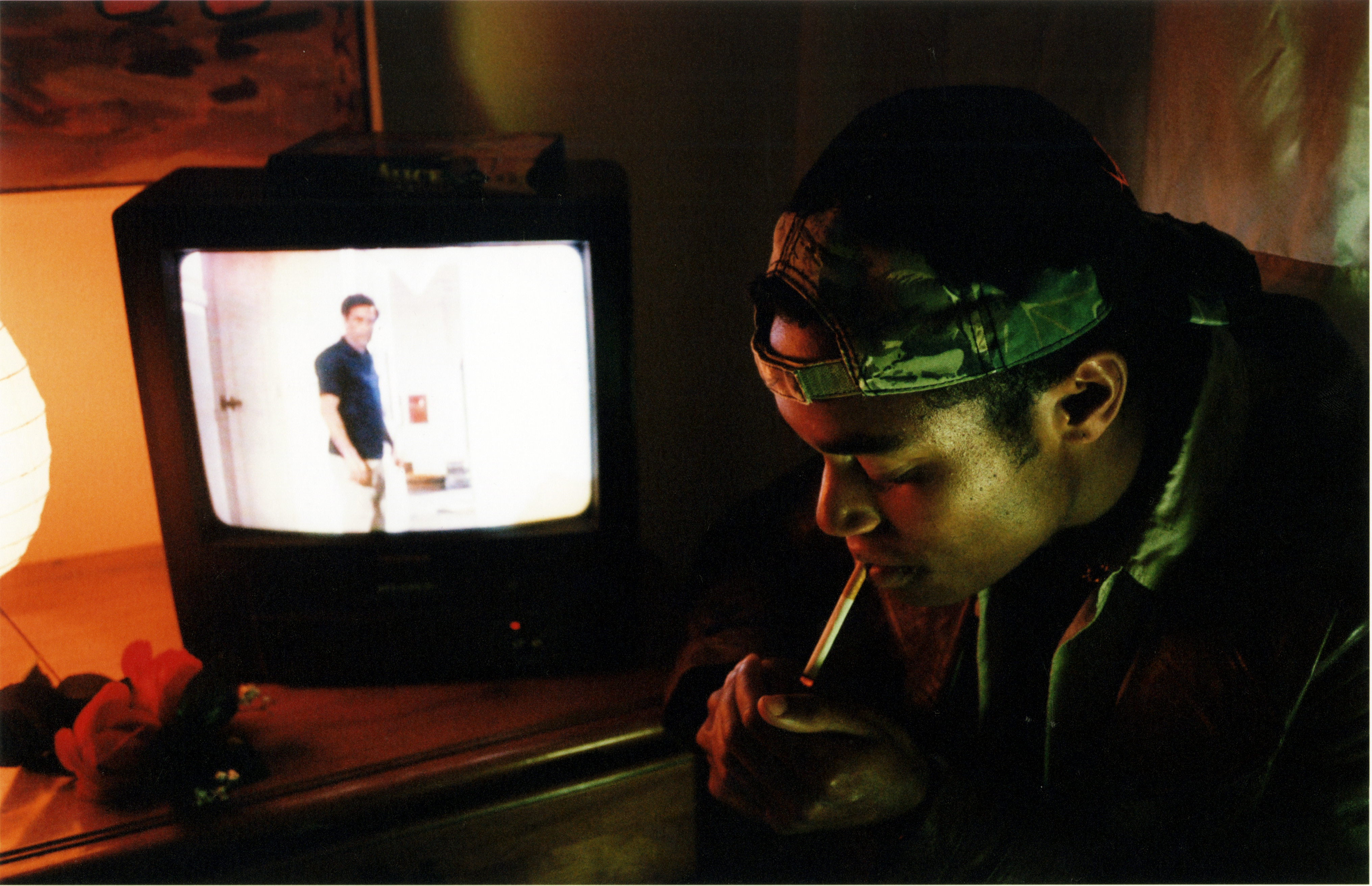
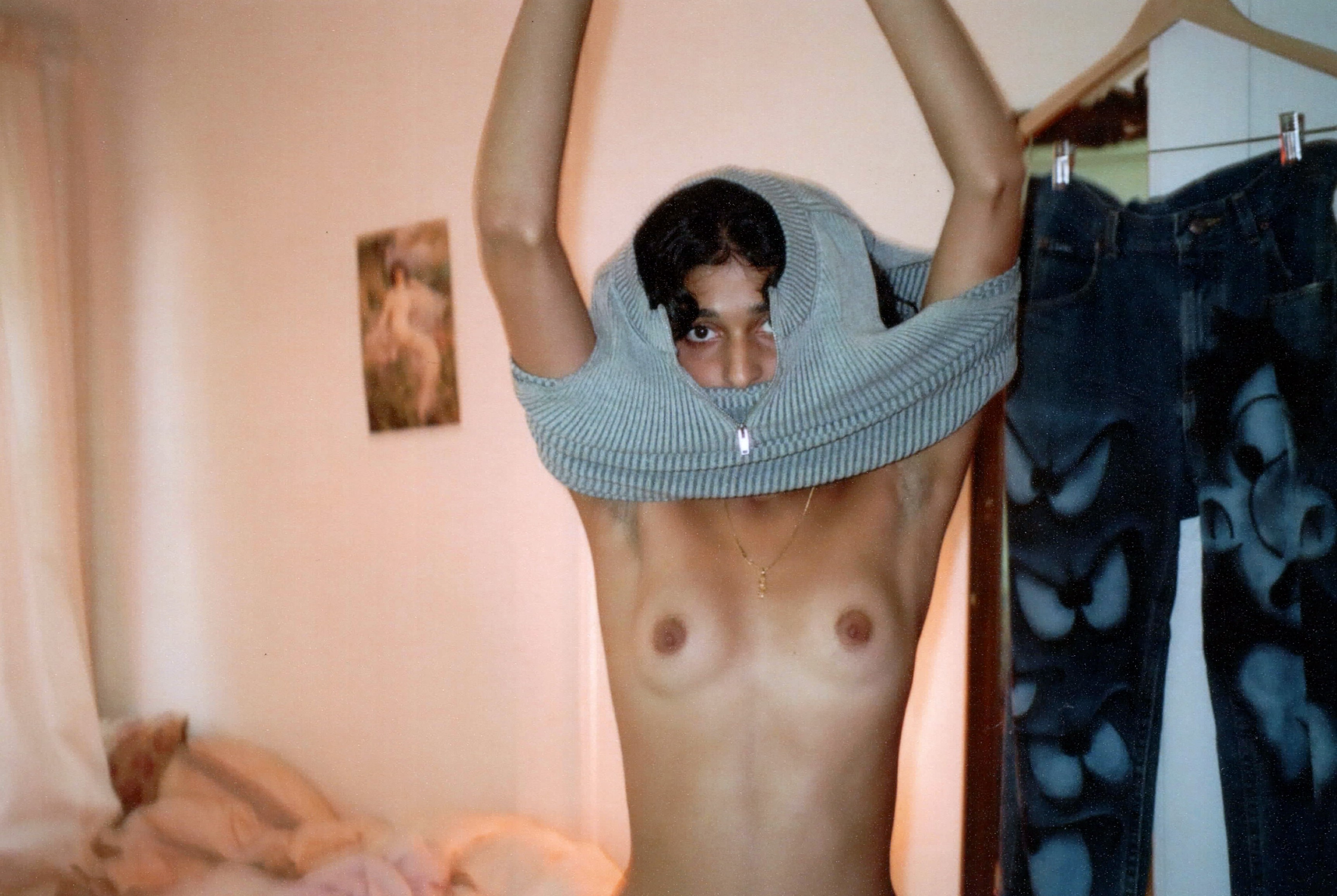
Do you feel like your perspective of the world has changed since you've gone “New York sober”?
I'm a bit more of a grandma and a bit more responsible. I feel like it was easier to float through my day when I was nursing a hangover half of it. Now I'm more aware, so I have to figure out what to do with all that time I was missing out on.
It's like your consciousness is numbed out until you start sobering up at 3:00 PM and then you're ready to go. Now that I'm drinking less, I'll go to a boring party and not stay until the end because I can see how boring it is. If you're drunk at a party, you stay a lot longer.
I know, I'll do one of these where I [stands up to emulate walking into a room, looking around, and walking right out]. I've been doing that a lot recently.
[Laughs] I’ve yet to ask if you’re excited to have a book out in the world now.
Yes, I'm so excited because it's my first one. I'm super nervous too, and kind of shy when showing my work, so it's also scary, but I'm excited for my friends to see it.
I noticed that you rarely share your photography on social media. Is that intentional?
It is intentional because, well, I don't do photography as my career. I was talking to my friend who's a career photographer and they have to post their photos in order to get work. For me, it's just fun, so I can choose to not post. And I want my work to exist in a very particular way so that audiences are only able to consume it in that likeness. I used to play in punk bands and I don't have any of that music up on the internet. We would sell tapes at our shows, and it's like, if you come to the show and buy a tape, you can listen to the music.
Everything created isn’t necessarily made for mass consumption.
Exactly, I'm not making it for hella people to see it. I'm making it for you if you care. I like the privacy of not putting stuff onto the internet, and I would definitely share less of my skating too if I didn't have to. I feel like less is more, quality over quantity.
How do you balance expressing yourself through skating with these more personal mediums like photography and poetry?
Skating, it's so different, it's like dancing. It's one of those activities where you do it and your brain shuts off until you're done, whereas photography requires me to think actively. It comes in waves. There are some weeks when I'm hitting up my friends to shoot an idea I have, or taking a lot of self-portraits, and then if I'm skating or traveling, I won't take many photos for a month.
Are there any photographers you admire?
Nan Goldin is one of my favorites. Ryan McGinley too — we use the same point-and-shoot.
I love that you bring up Nan because she's also been in movies herself.
I love Desperately Seeking Susan. I fucking love Rosanna Arquette, she's amazing and Madonna too. She still lived in the East Village back then. That era was so cool. I also love this other Susan Seidelman movie, Smithereens — I love Richard Hell.
Your photography, similar to Nan’s, reflects the community around her, in this very neighborhood as well. How do you perceive the continuity of the intergenerational conversation between these scenes?
That's something I've always been inspired by, New York music & musicians specifically the CBGB scene. When I was a kid, my dad would play a lot of Johnny Thunders, Patti Smith, and Blondie and he put me on to Richard Hell. All of those people have been in my life for so long. My dad was a musician in New York in the nineties. It’s funny because I feel like that scene is still very present in our world now.
It's always in the background in a way. I love it when I'm at a reading and I see Patti Smith or Richard Hell randomly sitting there. I was at KGB Bar and he was there on some random night recently.
Of course he was. The first place I lived in New York was next to KGB Bar. People would tell me that he goes to readings there.
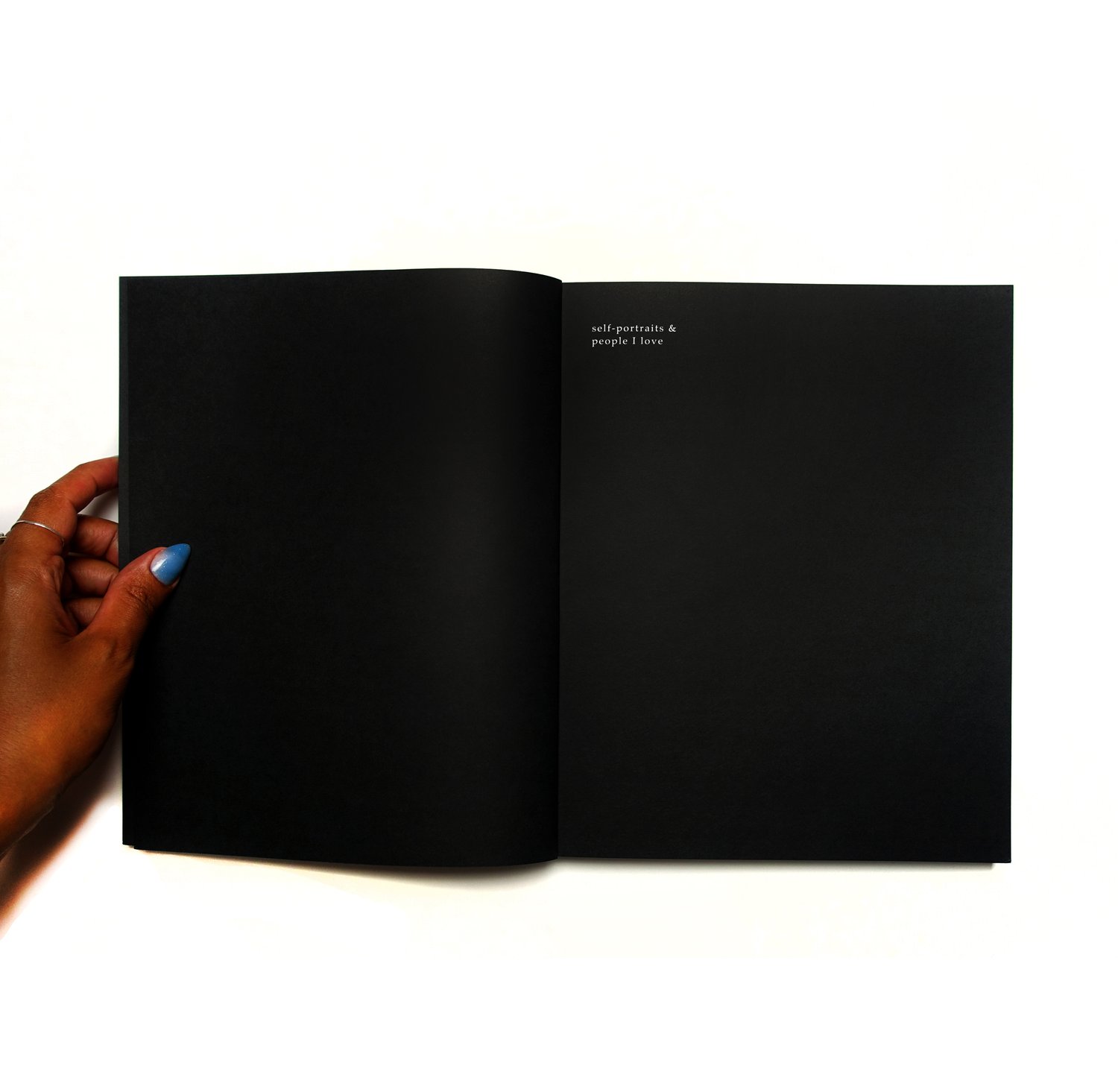
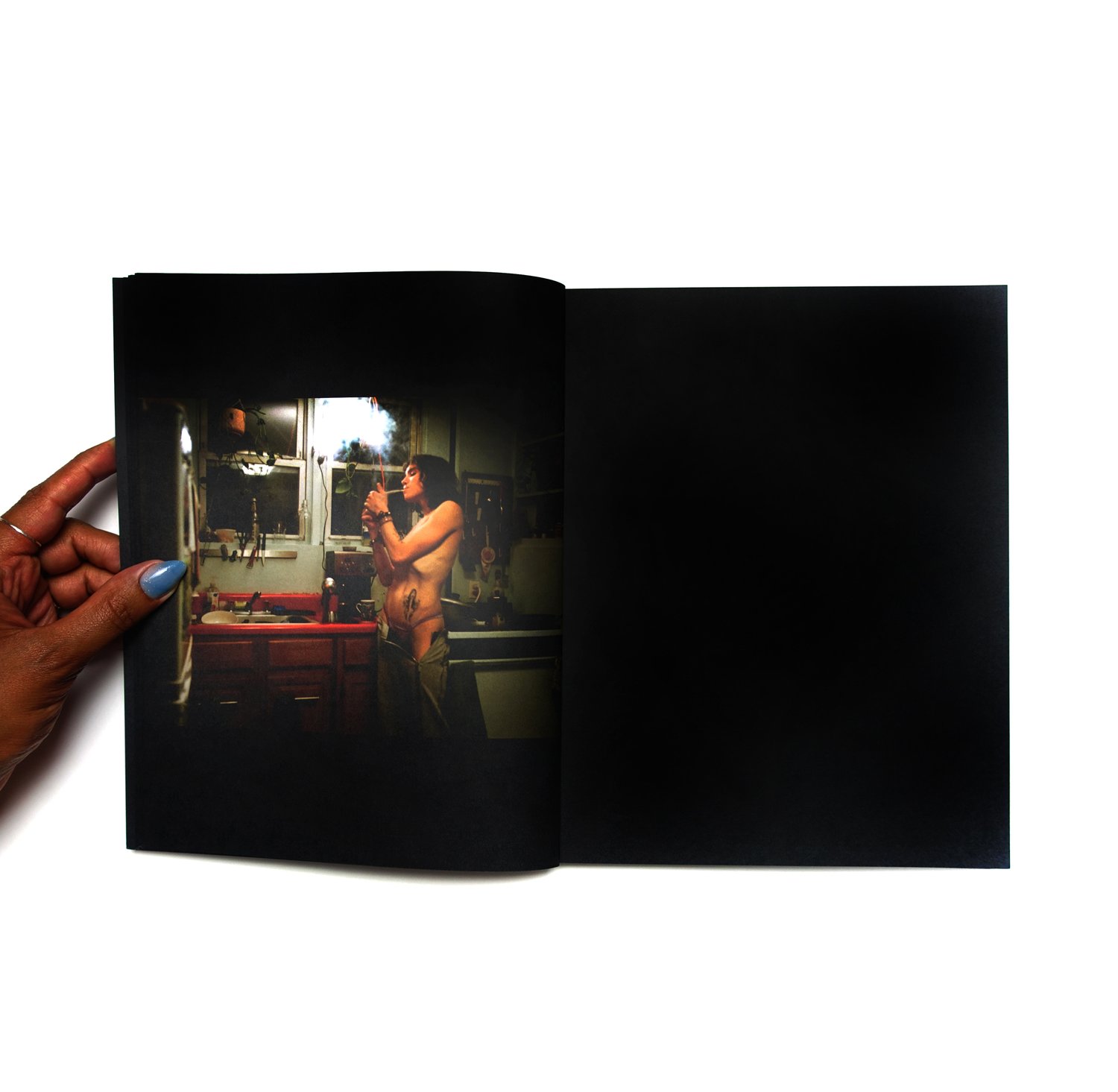
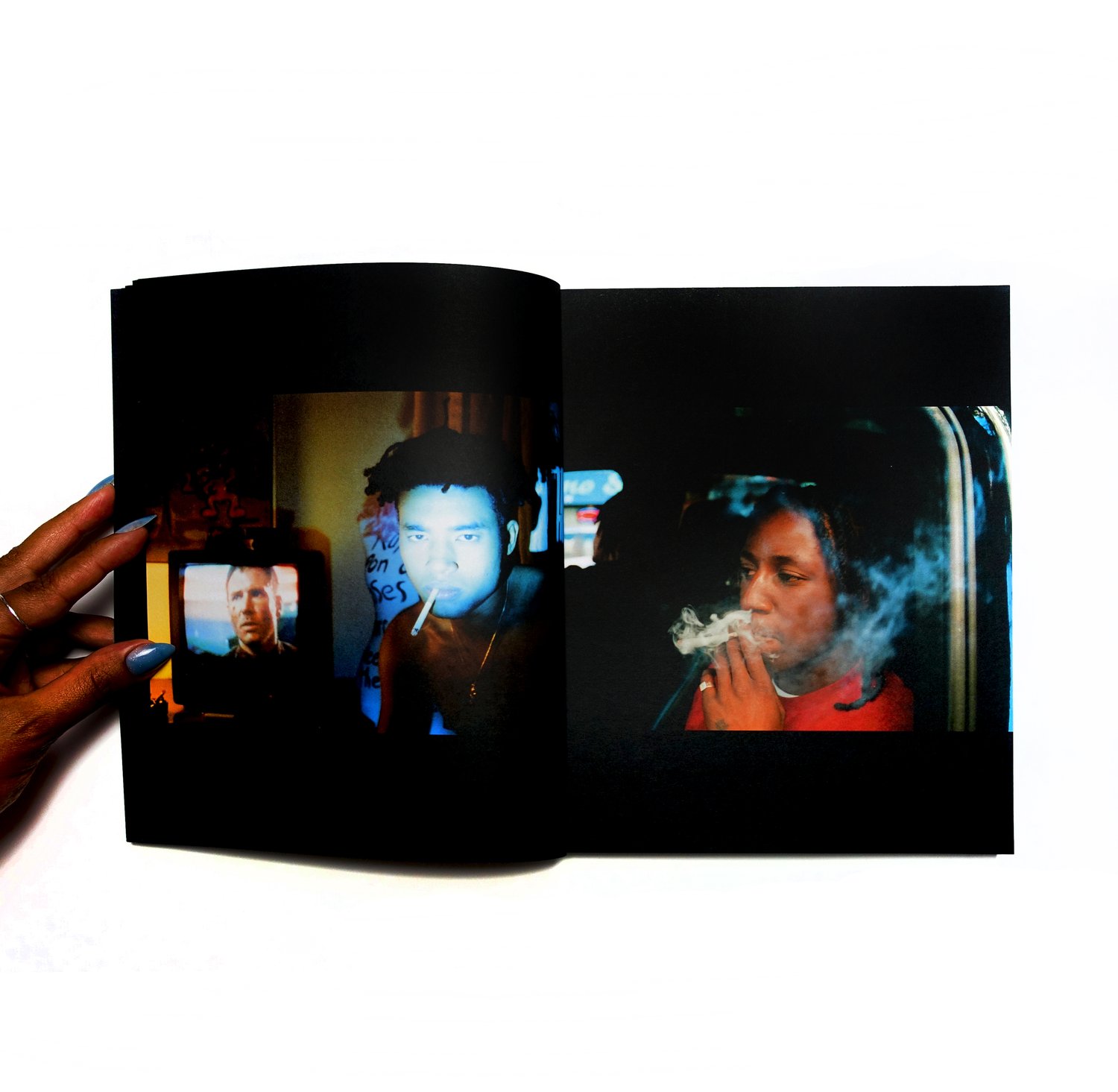
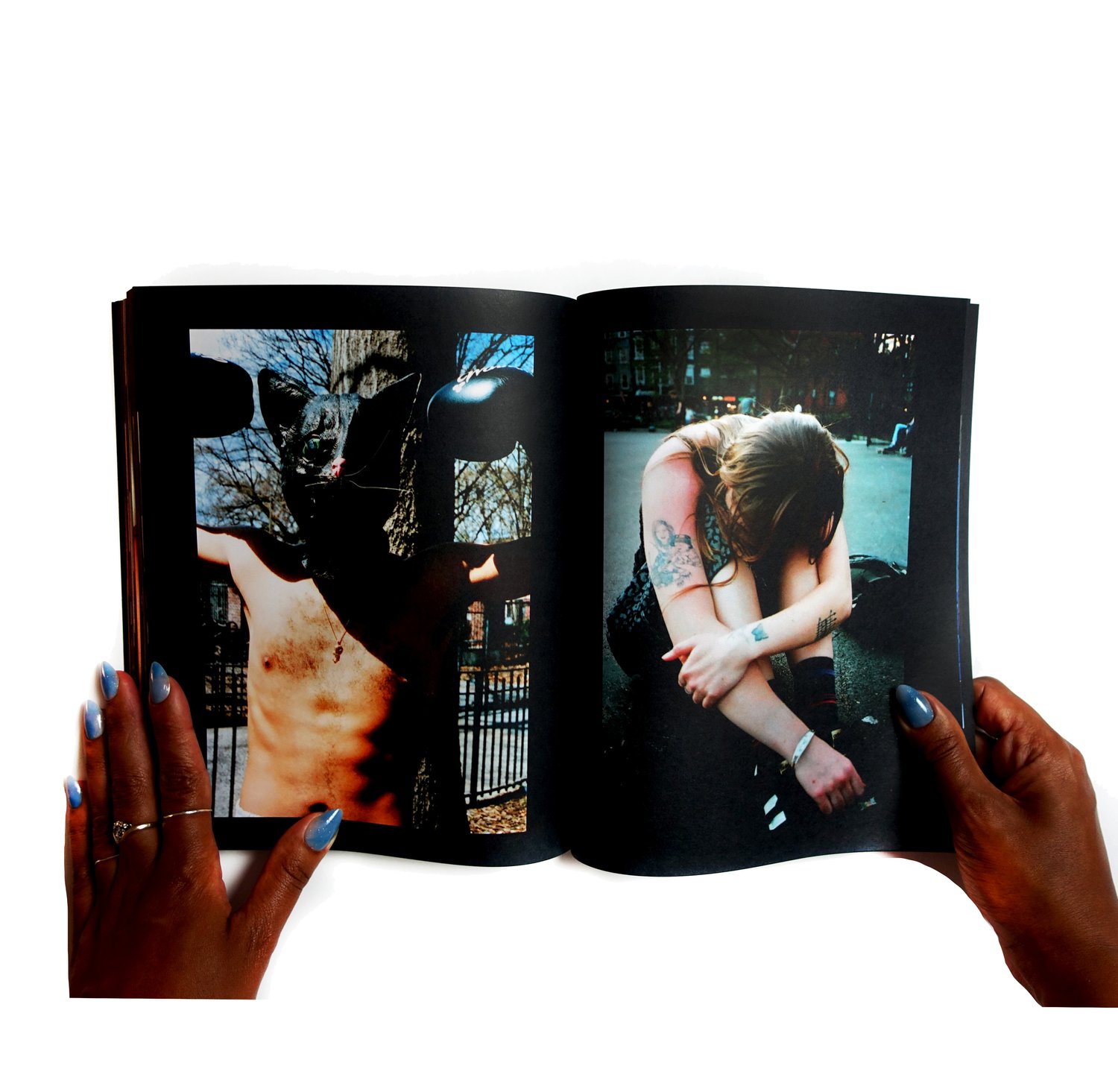
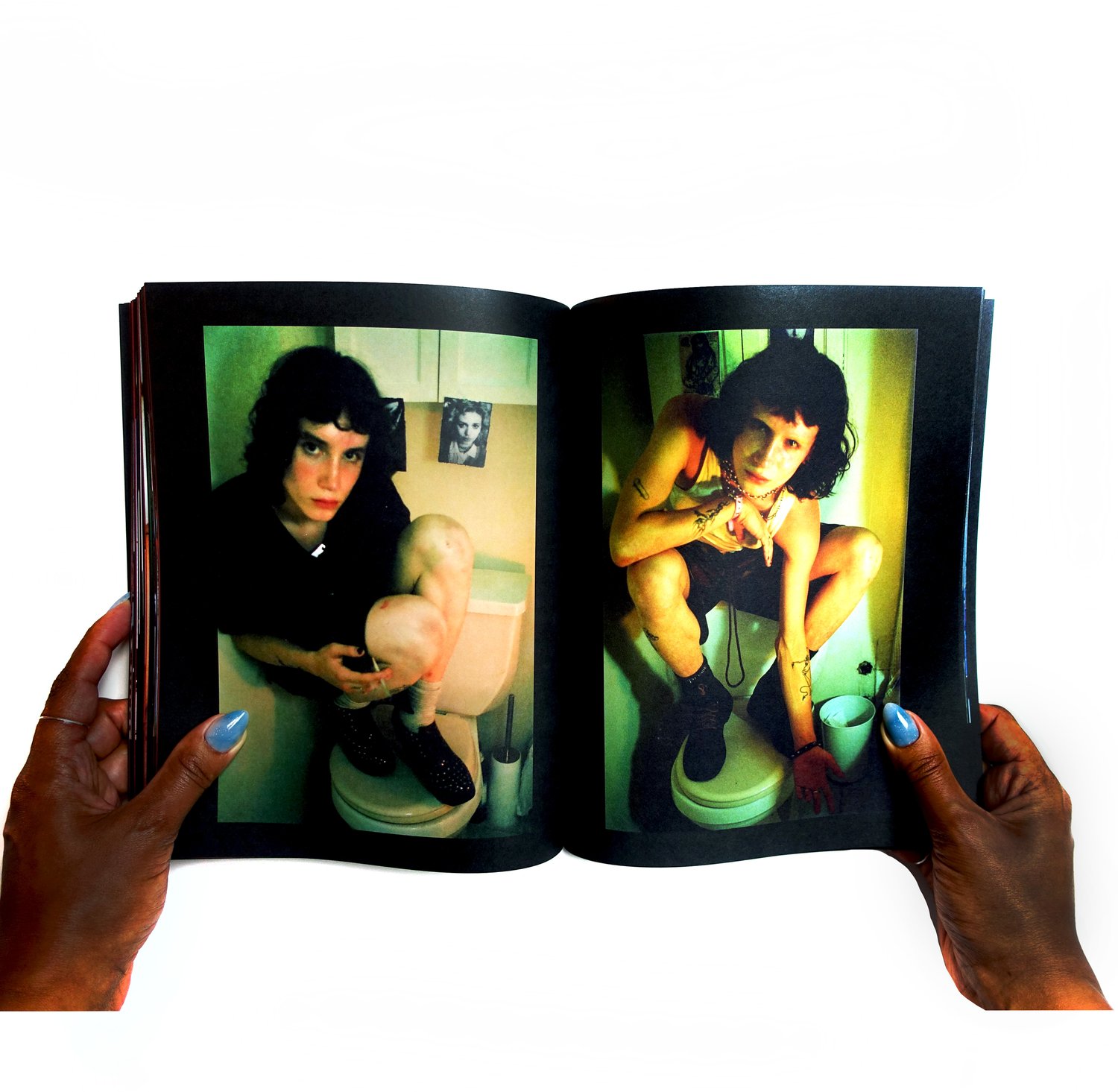
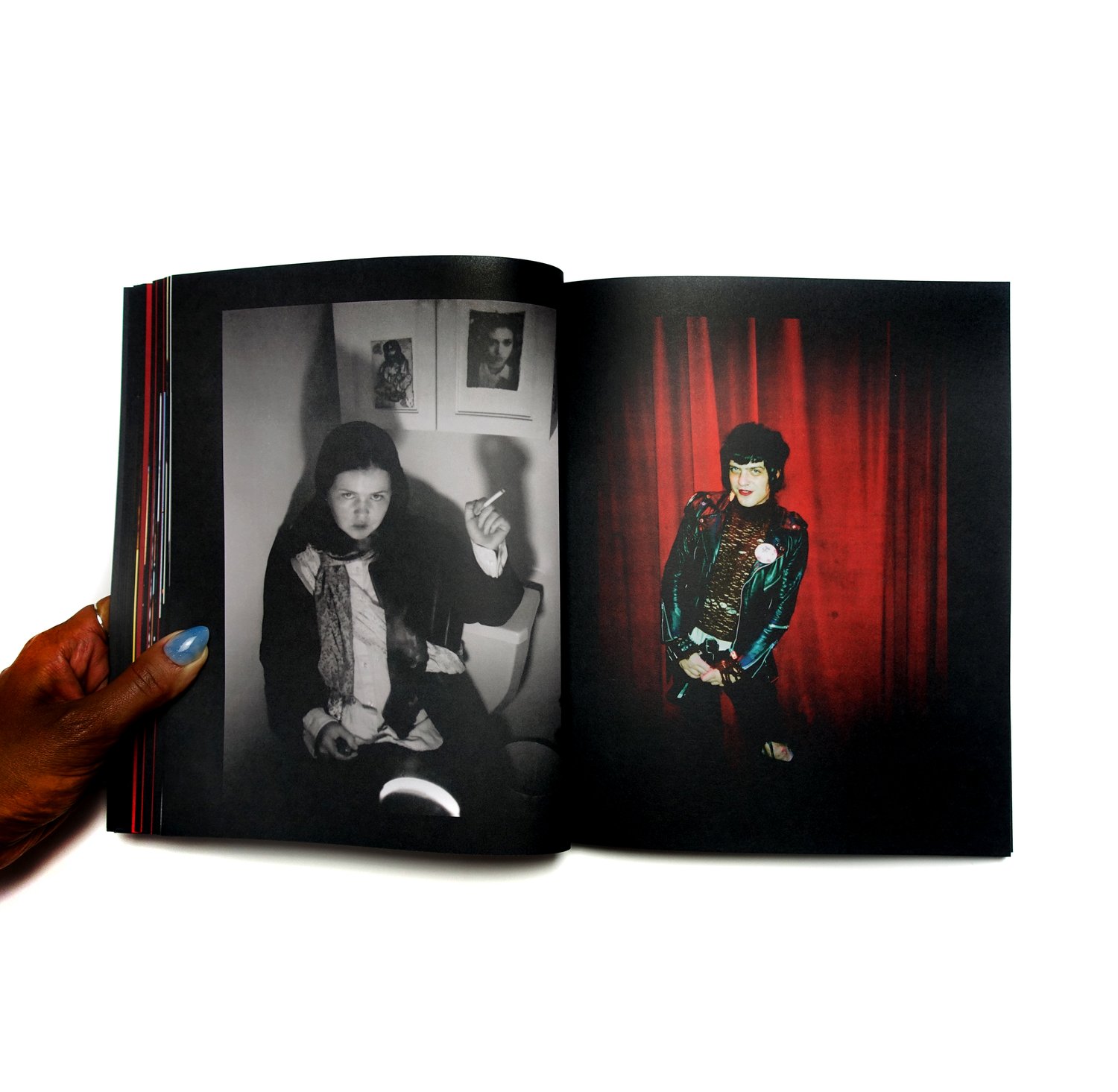
How long have you been in New York now?
I lived here from zero until I was 10, and only moved back two years ago.
Have you been modeling a lot recently?
Yeah, it's been pretty good. I love that shit, it's so fun to be fab, you know?
How does modeling bleed into your perspective behind the lens?
Besides the technical aspects, through doing all of these shoots you learn that when you're with a good photographer, they go out of their way to make you feel comfortable. I appreciate that and I want to make anyone that I shoot feel comfortable too. It's really reflected in the photo if someone is comfortable or not, you can really tell.
How do you get someone comfortable when you’re shooting something more stylized?
If it's a setting up an idea I have, I'll get them a beer. Or, cigarettes if they smoke. [Lights a cigarette]
What was your process for choosing the spreads and the way you placed images together?
Honestly, when I was making the layout with Kyle, we just went off feeling. We didn't overthink anything. We were just like, Oh, that feels like it should be there and this feels like it should be there. We mostly just placed images where we thought they should be.
Do you feel that if you were to release a second book, you'd continue with this diary format?
I definitely like the diary format because it feels comfortable for me, though I also have other little photo projects that I want to work on. I used to take the Megabus every weekend when I was living in Philly, so I started taking a lot of photos of Uber Eats drivers and people in the bike lane. I used to be an Uber Eats biker, I would wait for the bus and take photos of dudes in business suits on their little one-wheelers. I want to make a little zine of silly shit like that, but separate from the diary project.